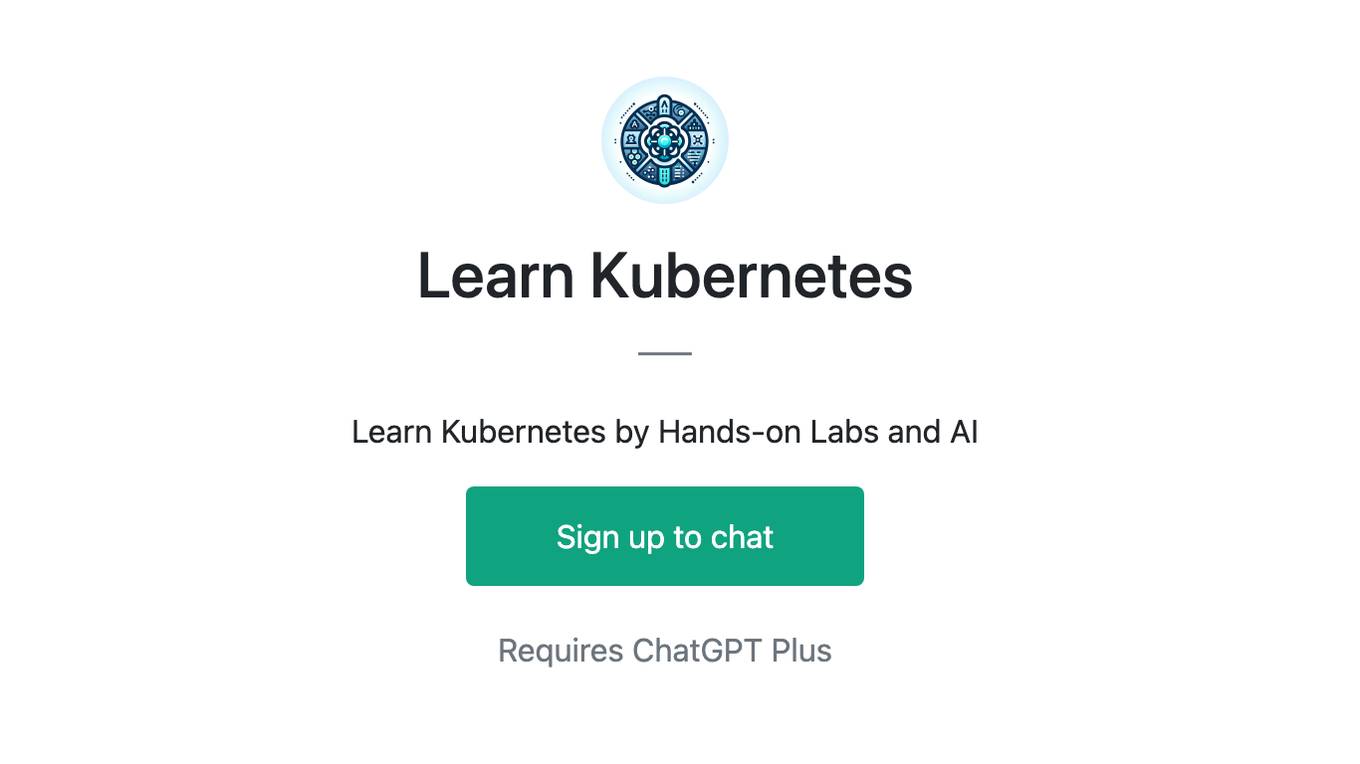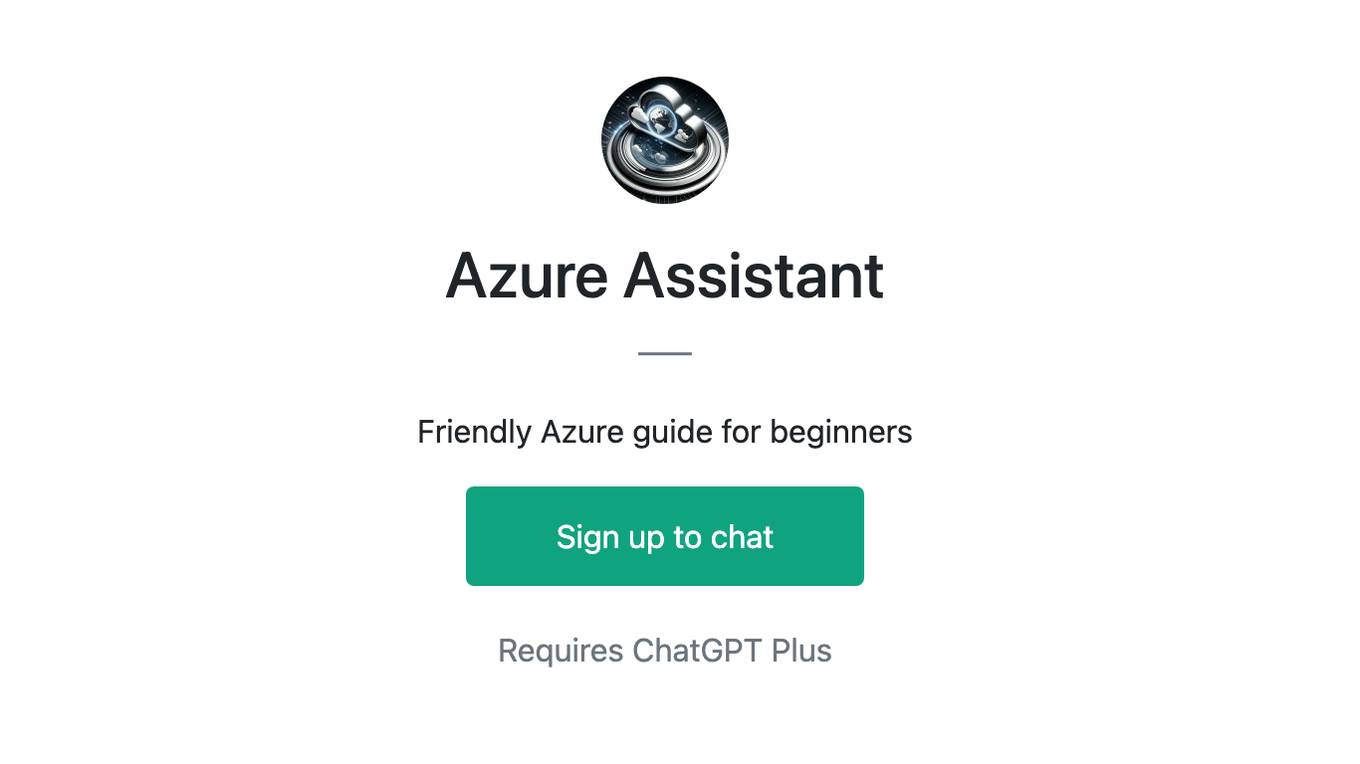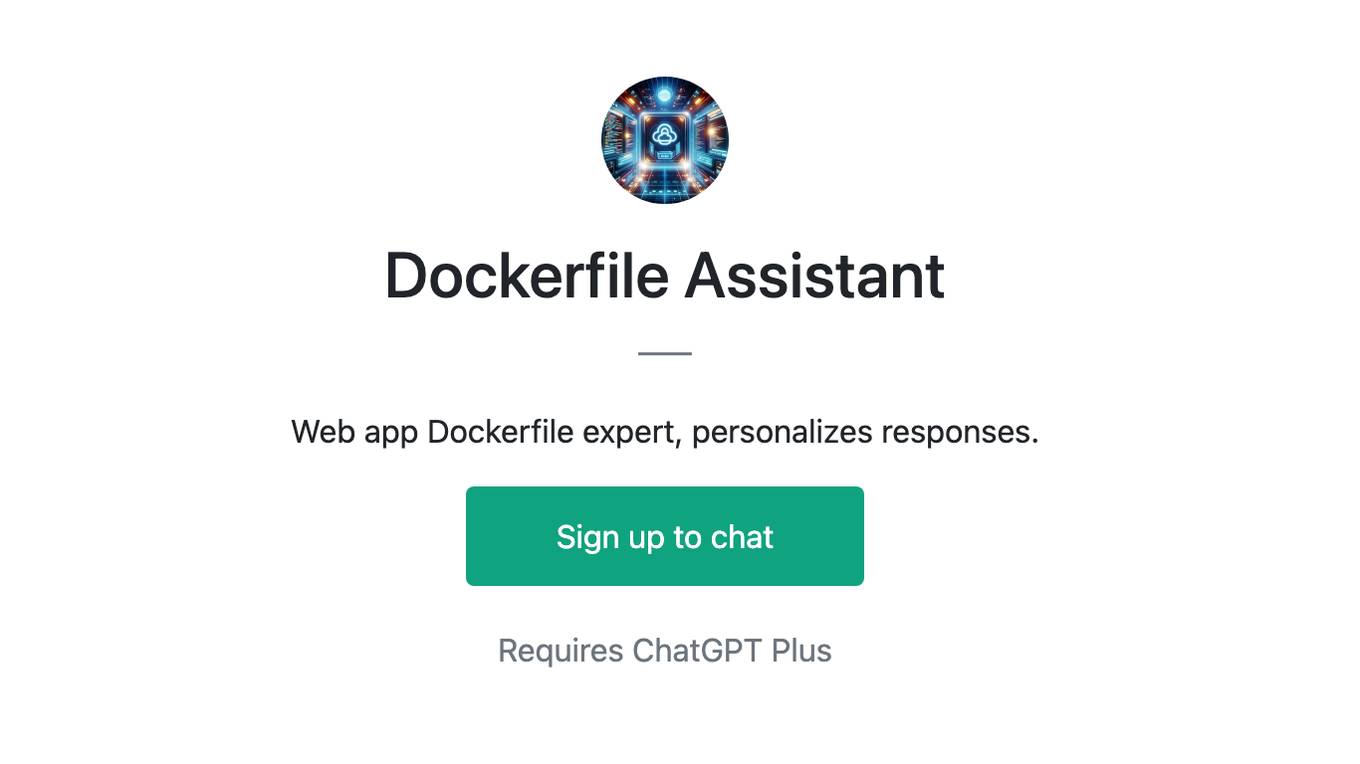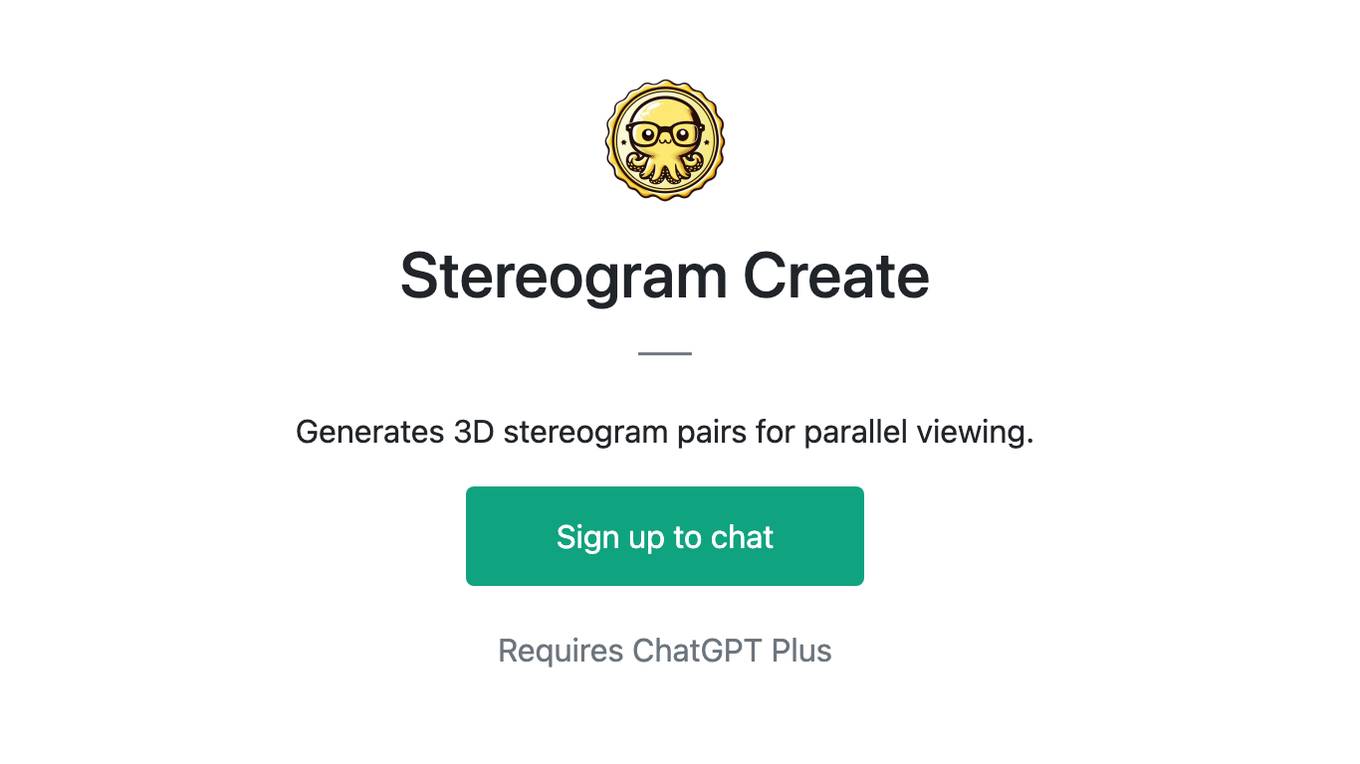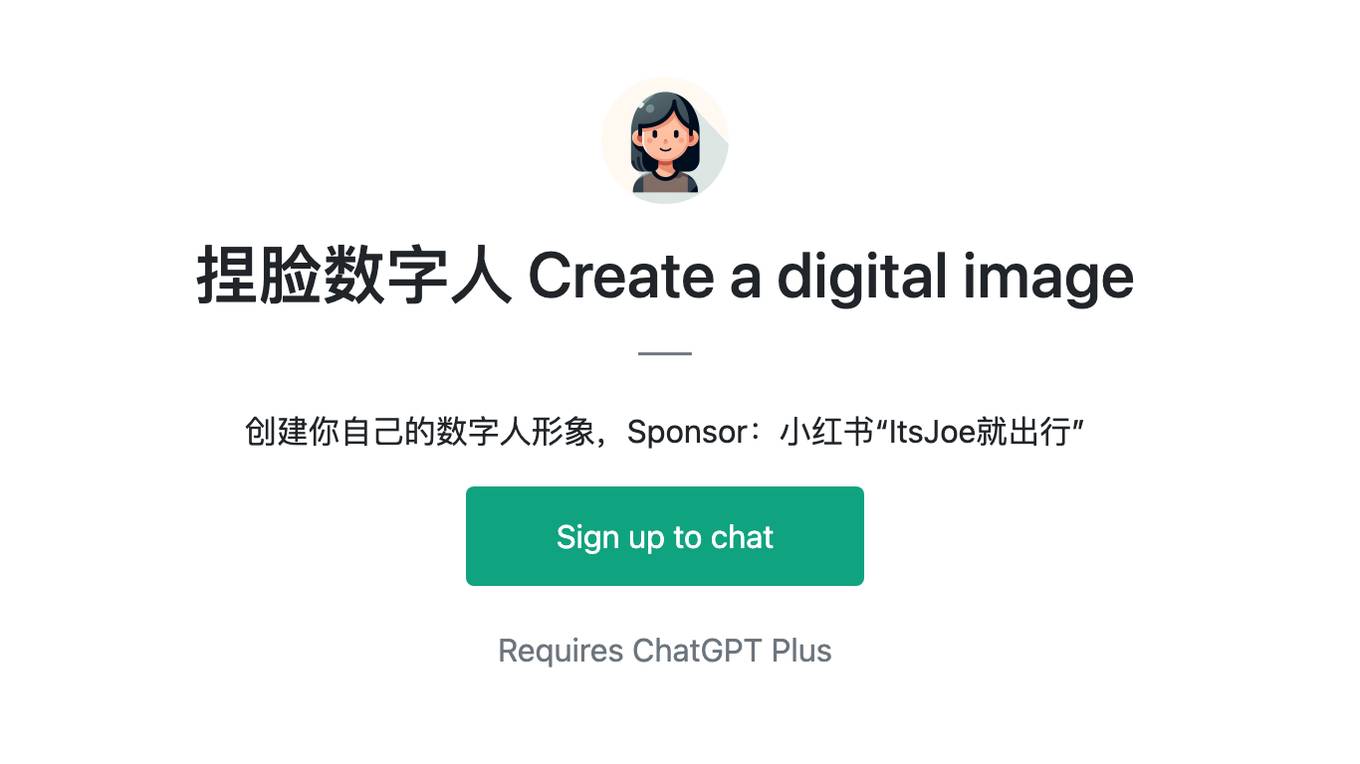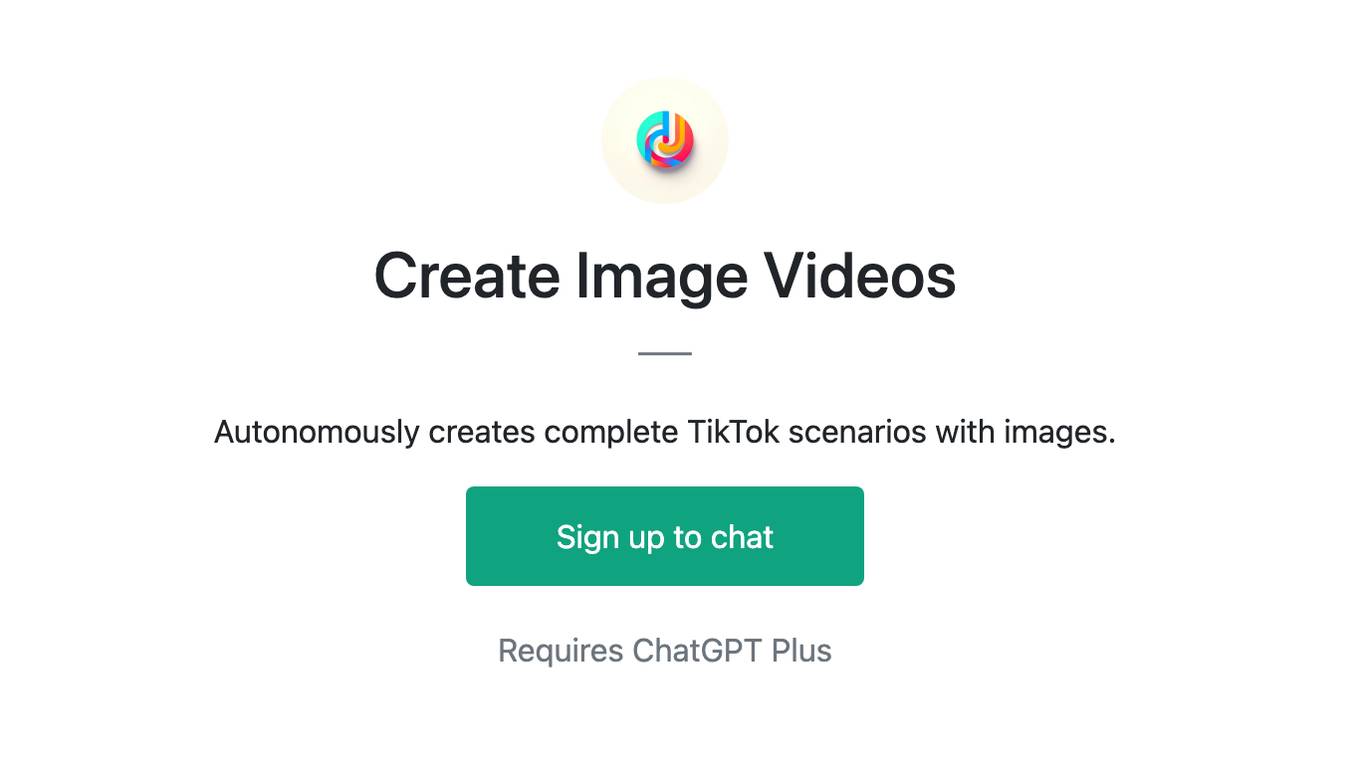Best AI tools for< Create Containers >
20 - AI tool Sites
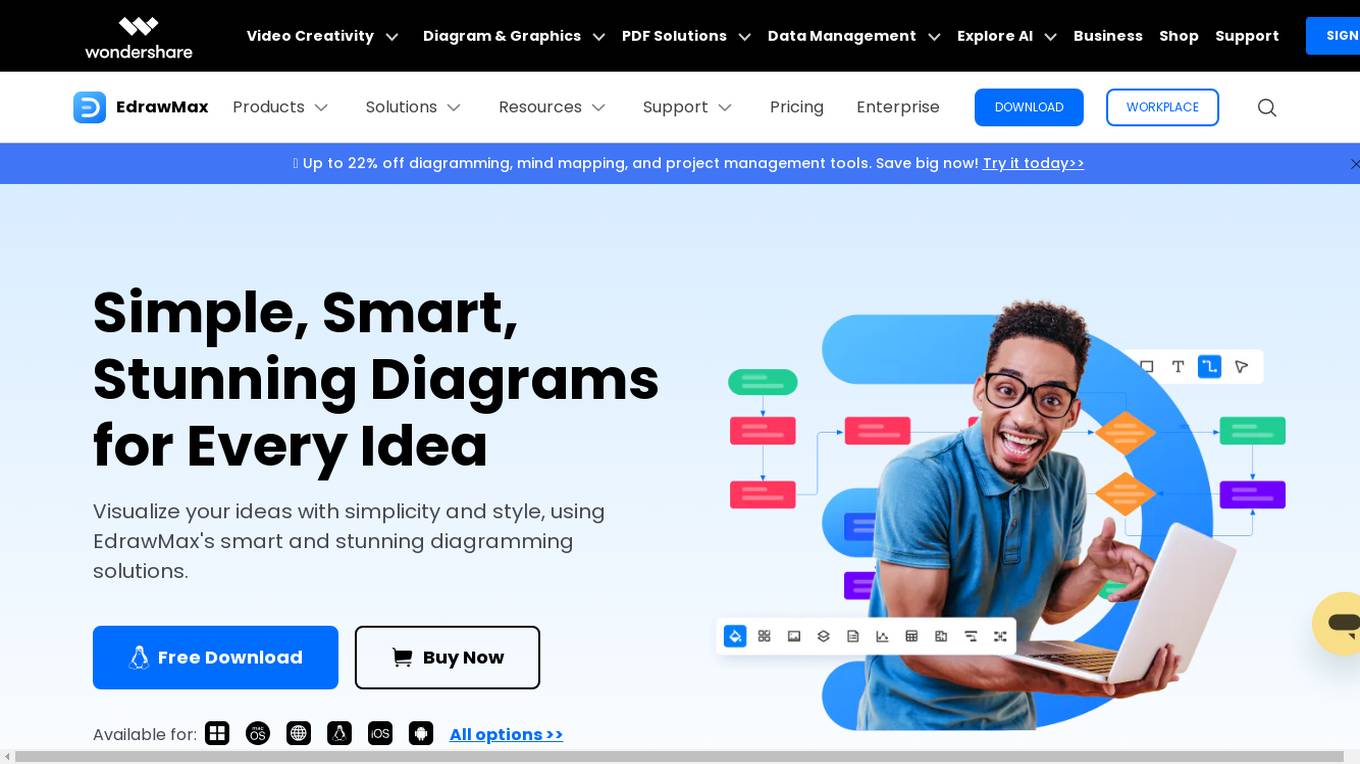
EdrawMax
EdrawMax is a diagramming software that uses AI to help users create stunning diagrams. It has a wide range of features, including smart containers, Boolean operations, a customizable symbol library, data import and export, and presentation mode. EdrawMax is available for Windows, Mac, Linux, iOS, and Android, and it offers a variety of templates to help users get started. With its powerful features and ease of use, EdrawMax is a great choice for anyone who needs to create diagrams.
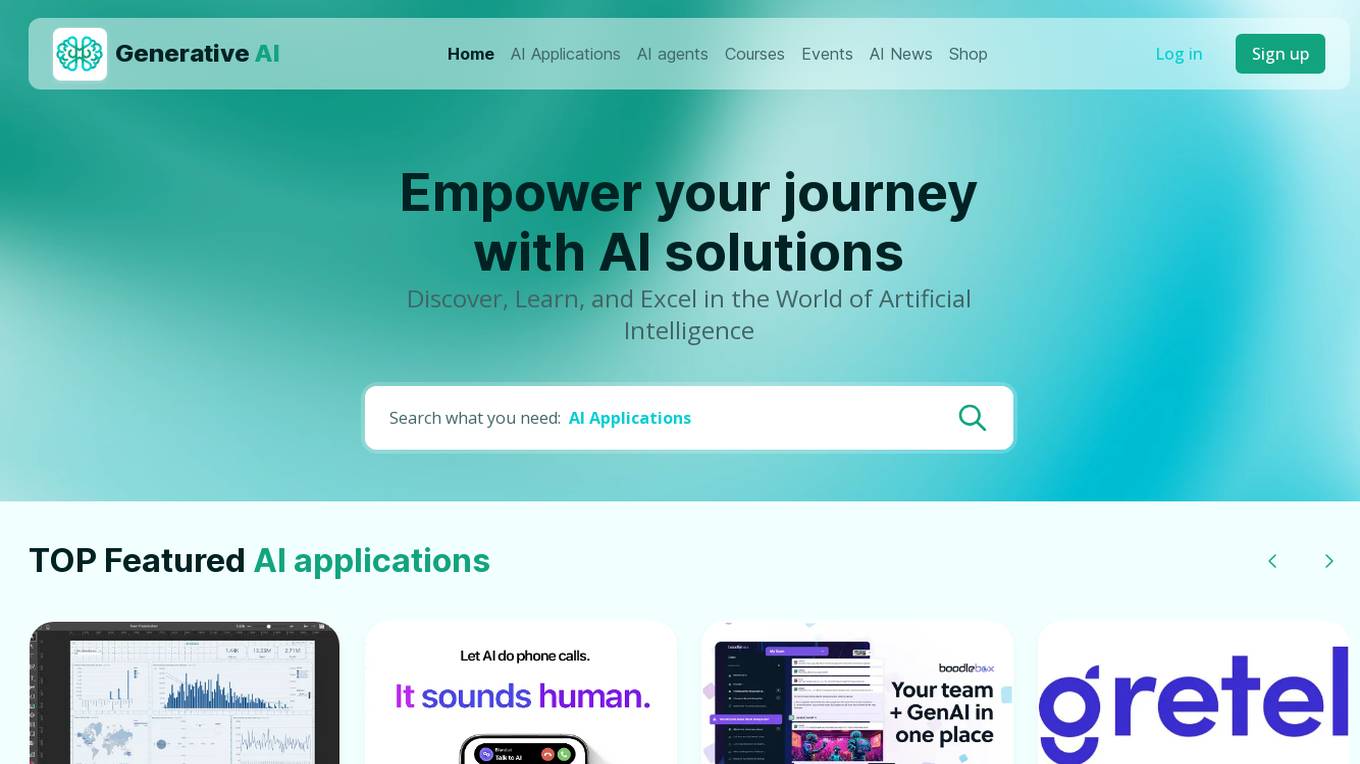
Gretel.ai
Gretel.ai is an AI tool that helps users incorporate generative AI into their data by generating synthetic data that is as good or better than the existing data. Users can fine-tune custom AI models and use Gretel's APIs to generate unlimited synthesized datasets, perform privacy-preserving transformations on sensitive data, and identify PII with advanced NLP detection. Gretel's APIs make it simple to generate anonymized and safe synthetic data, allowing users to innovate faster and preserve privacy while doing it. Gretel's platform includes Synthetics, Transform, and Classify APIs that provide users with a complete set of tools to create safe data. Gretel also offers a range of resources, including documentation, tutorials, GitHub projects, and open-source SDKs for developers. Gretel Cloud runners allow users to keep data contained by running Gretel containers in their environment or scaling out workloads to the cloud in seconds. Overall, Gretel.ai is a powerful AI tool for generating synthetic data that can help users unlock innovation and achieve more with safe access to the right data.
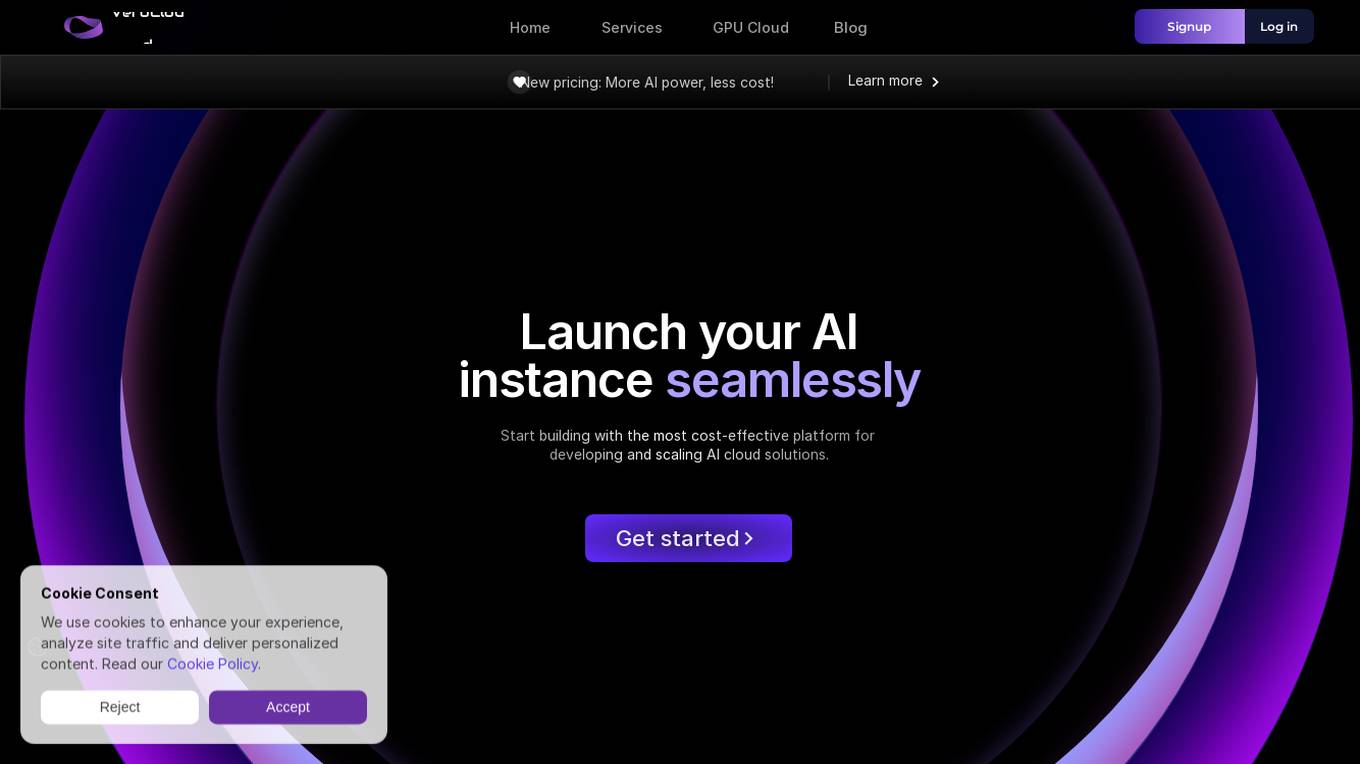
VeroCloud
VeroCloud is a platform offering tailored solutions for AI, HPC, and scalable growth. It provides cost-effective cloud solutions with guaranteed uptime, performance efficiency, and cost-saving models. Users can deploy HPC workloads seamlessly, configure environments as needed, and access optimized environments for GPU Cloud, HPC Compute, and Tally on Cloud. VeroCloud supports globally distributed endpoints, public and private image repos, and deployment of containers on secure cloud. The platform also allows users to create and customize templates for seamless deployment across computing resources.
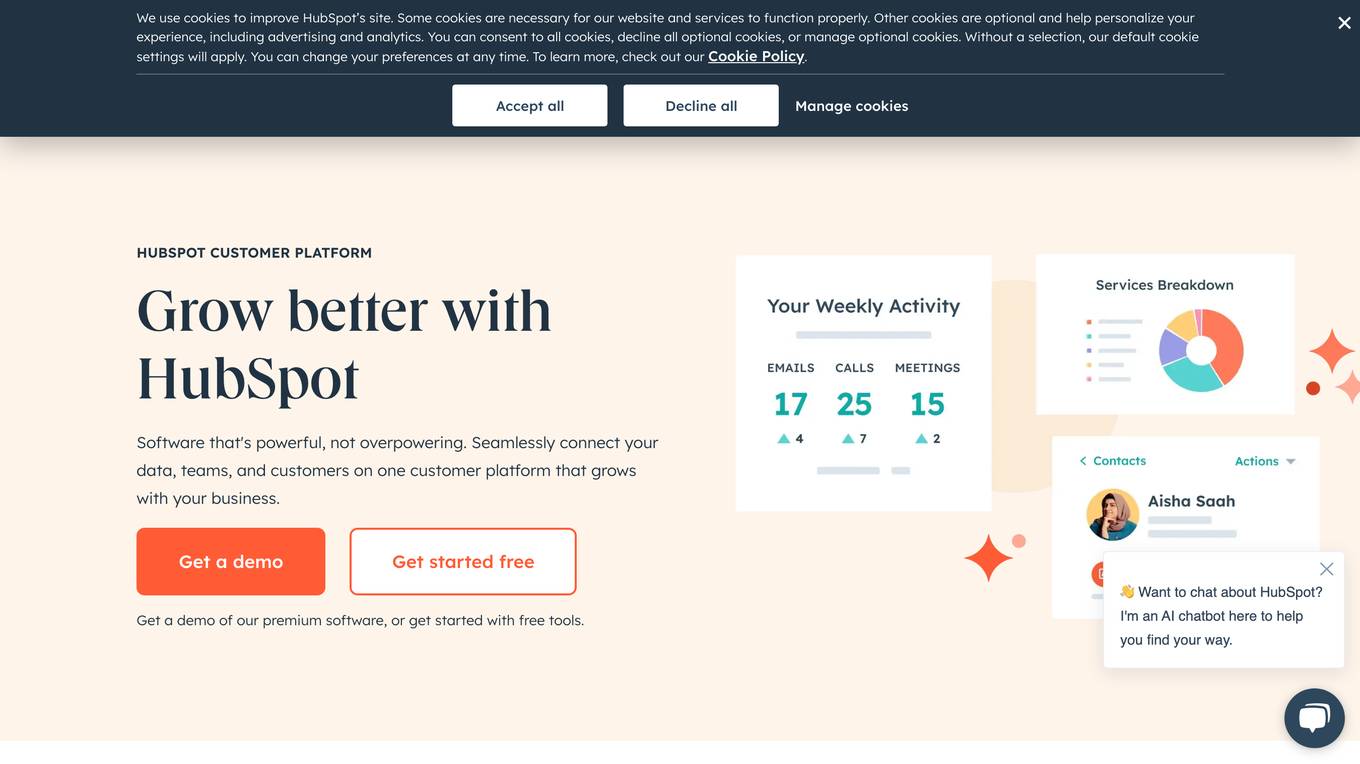
HubSpot
HubSpot is a customer relationship management (CRM) platform that provides software and tools for marketing, sales, customer service, content management, and operations. It is designed to help businesses grow by connecting their data, teams, and customers on one platform. HubSpot's AI tools are used to automate tasks, personalize marketing campaigns, and provide insights into customer behavior.
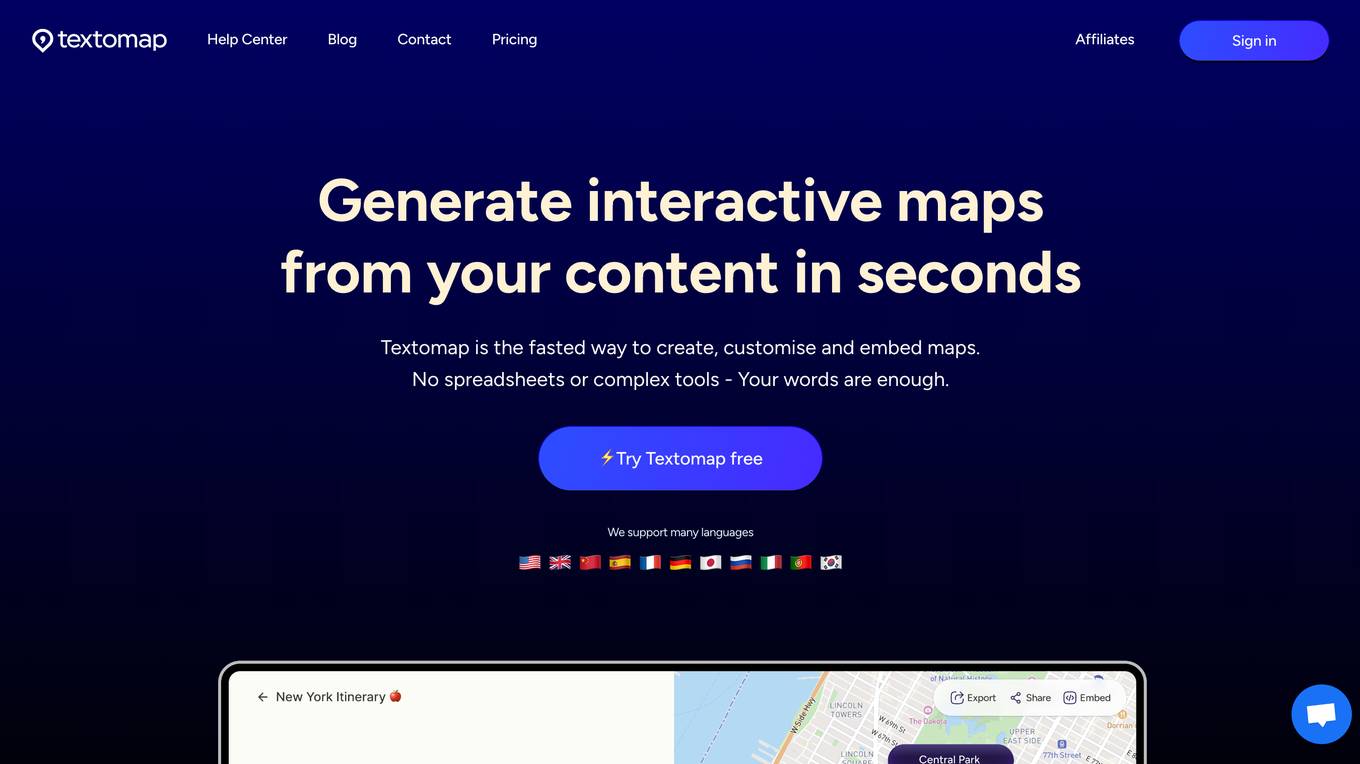
Textomap
Textomap is an online tool that allows users to create interactive maps from text. Users can input any text that contains locations, addresses, or points of interest, and Textomap will automatically generate a map with those locations marked. Textomap also allows users to customize their maps by adding pins, labels, and descriptions. The tool is free to use, but users can upgrade to a paid plan for additional features such as unlimited maps and ad-free browsing.
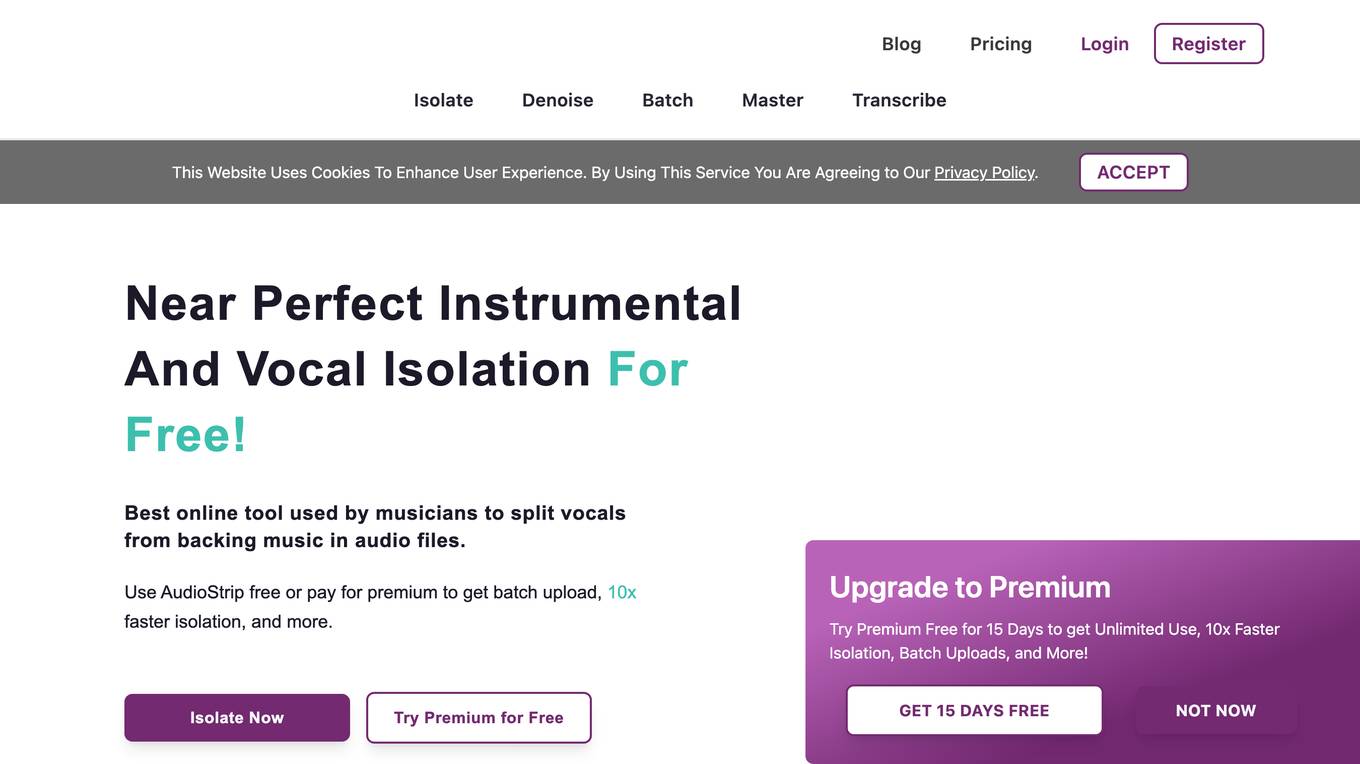
AudioStrip
AudioStrip is a free online vocal isolator that allows you to remove vocals from any song. It uses artificial intelligence to separate the vocals from the music, and it does a surprisingly good job. You can use AudioStrip to create a cappella versions of your favorite songs, or you can use it to isolate the vocals from a song so that you can sing along with them. AudioStrip is easy to use. Just upload a song to the website, and then click the "Extract Vocals" button. AudioStrip will then process the song and create a new file that contains only the vocals. You can then download the new file to your computer.
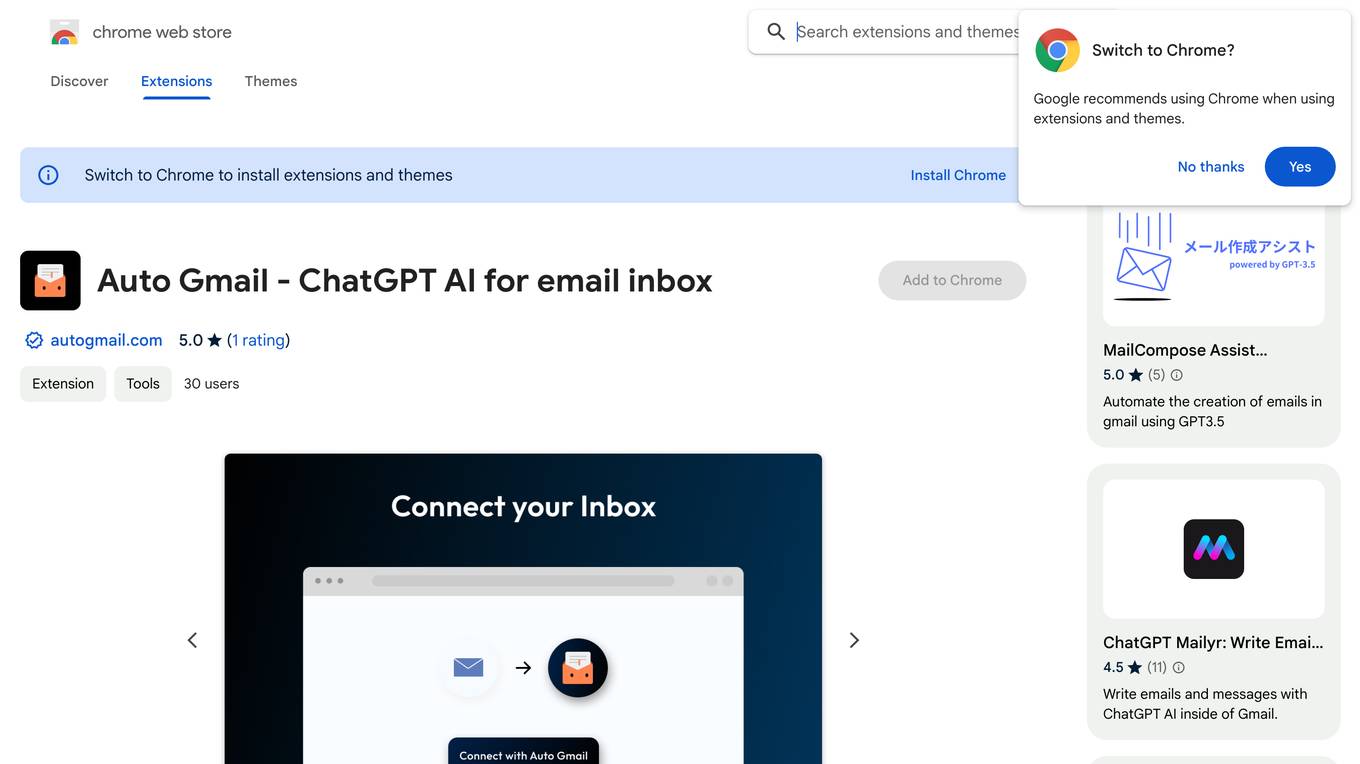
Auto Gmail - ChatGPT AI for email inbox
Auto Gmail is a Chrome extension that connects to your Gmail inbox and uses your data and ChatGPT to draft email responses to every inbound message. It is the best way of saving hours every day. Instead of improving your productivity with shortcuts or apps like Superhuman, simply let our AI learn about you and answer all your emails instead of you. You don't need to click or instruct the AI, it works on mobile and desktop and writes emails even when you're not in Gmail. Upon opening your inbox, you'll see the new drafts, ready to be sent. Your inbox contains everything you ever sent and therefore a big part of your knowledge. Stop repeating the same things and let Auto Gmail do the work. You stay in the driver seat of course and no email is ever sent without you actually hitting that "Send" button. Upon installation, drafts will appear even on the mobile app, allowing you to answer faster while on the go. You can instruct the AI and give it additional context such as links you'd like it to use (calendar links, tutorials, product pages and so on). Under the hood, Auto Gmail works by connecting to the Gmail API and uses ChatGPT (GPT 4) to draft email answers. For context, the most similar emails are passed along to help ChatGPT draft the most relevant answers. Auto Gmail retrains every week on your latest messages to stay up to date on new knowledge you sent per email.
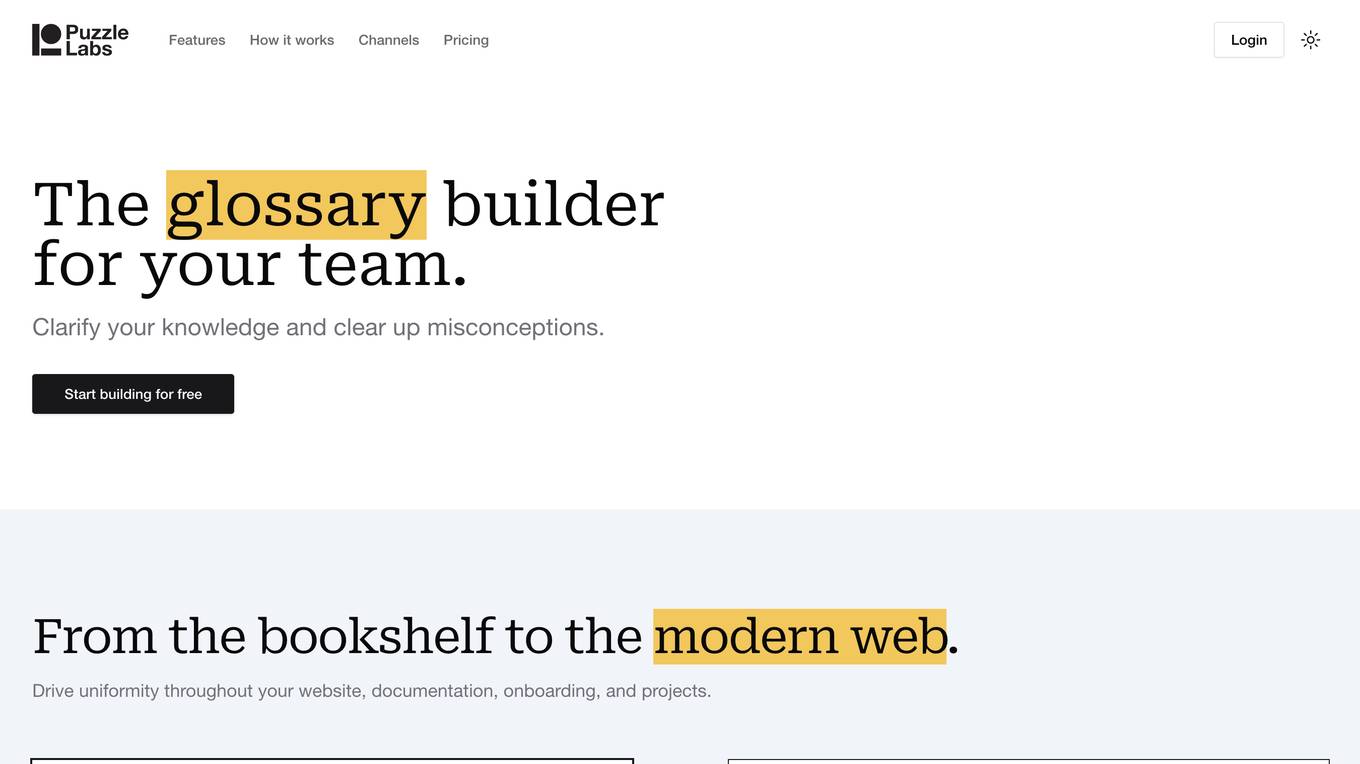
SiteRetriever
SiteRetriever is a self-hosted AI chatbot platform that allows users to build powerful chatbots without monthly fees. It offers a completely self-contained and self-hosted solution, providing full control over data and costs. With optimized speed and advanced language models, SiteRetriever enables users to create smart AI chatbots that understand context and provide accurate responses. The platform ensures full privacy and security by keeping data on users' servers, with no external API calls or data sharing. Users can easily embed the chatbot on any website using a simple JavaScript snippet, and customize its appearance, behavior, and responses. SiteRetriever simplifies the setup process, allowing users to upload content, configure the bot, and embed it on their site within minutes.

Cleochat
Cleochat.com is a website that serves as a domain parking page created by Sedo. It provides resources and information related to the domain. The page contains a disclaimer stating that Sedo, the domain parking service, does not have any relationship with third-party advertisers and does not control or endorse any specific service or trademark mentioned on the page. The website also includes a privacy policy.

Jaydeeai
Jaydeeai.com is a website that serves as a domain parking page created by the domain owner using Sedo Domain Parking. It does not provide any AI tool or application but rather displays information and resources related to the domain. The webpage contains a disclaimer stating that Sedo, the domain parking service, does not have any relationship with third-party advertisers and does not endorse or recommend any specific service or trademark. Additionally, the website mentions its privacy policy.
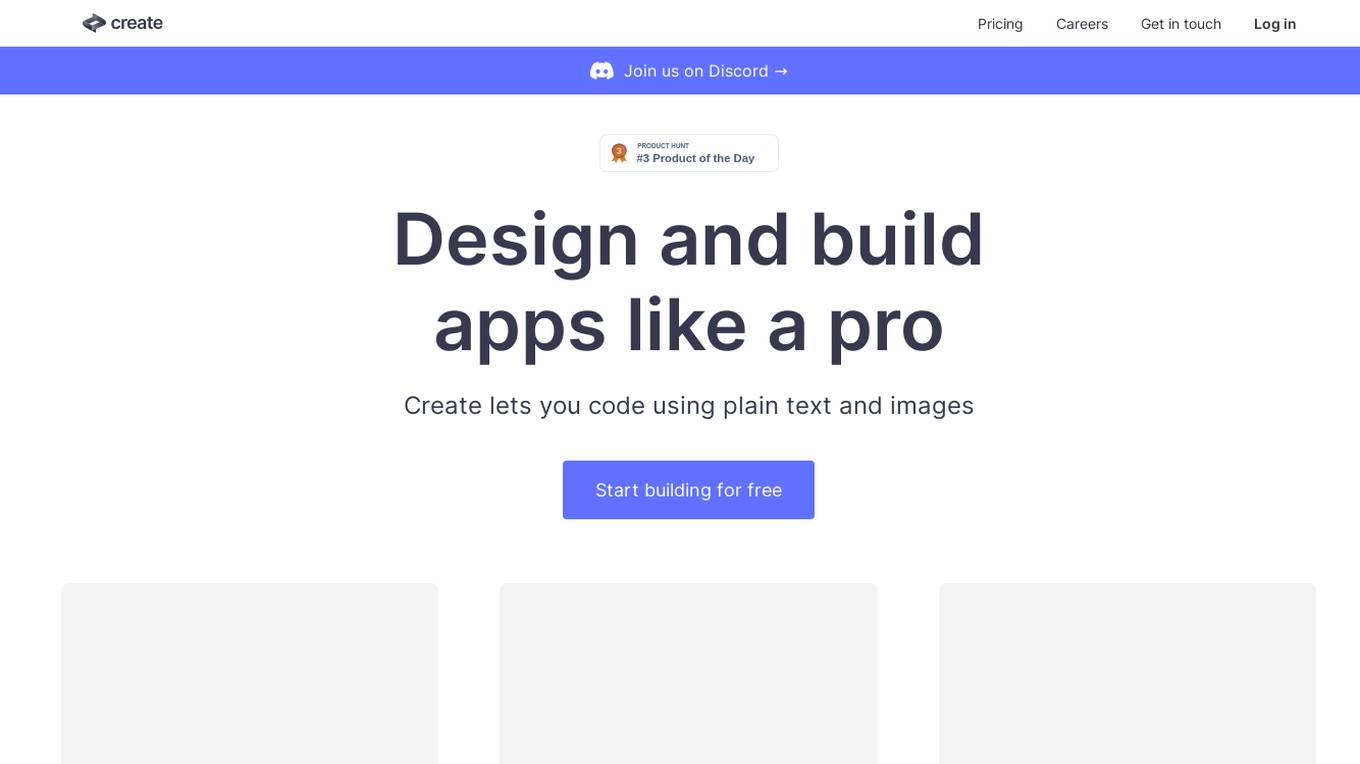
Create
Create is a free-to-use AI app builder that lets you code using plain text and images. With Create, you can design and build apps like a pro, without having to write a single line of code. Create is perfect for building internal tools, prototypes, and even full-fledged applications.
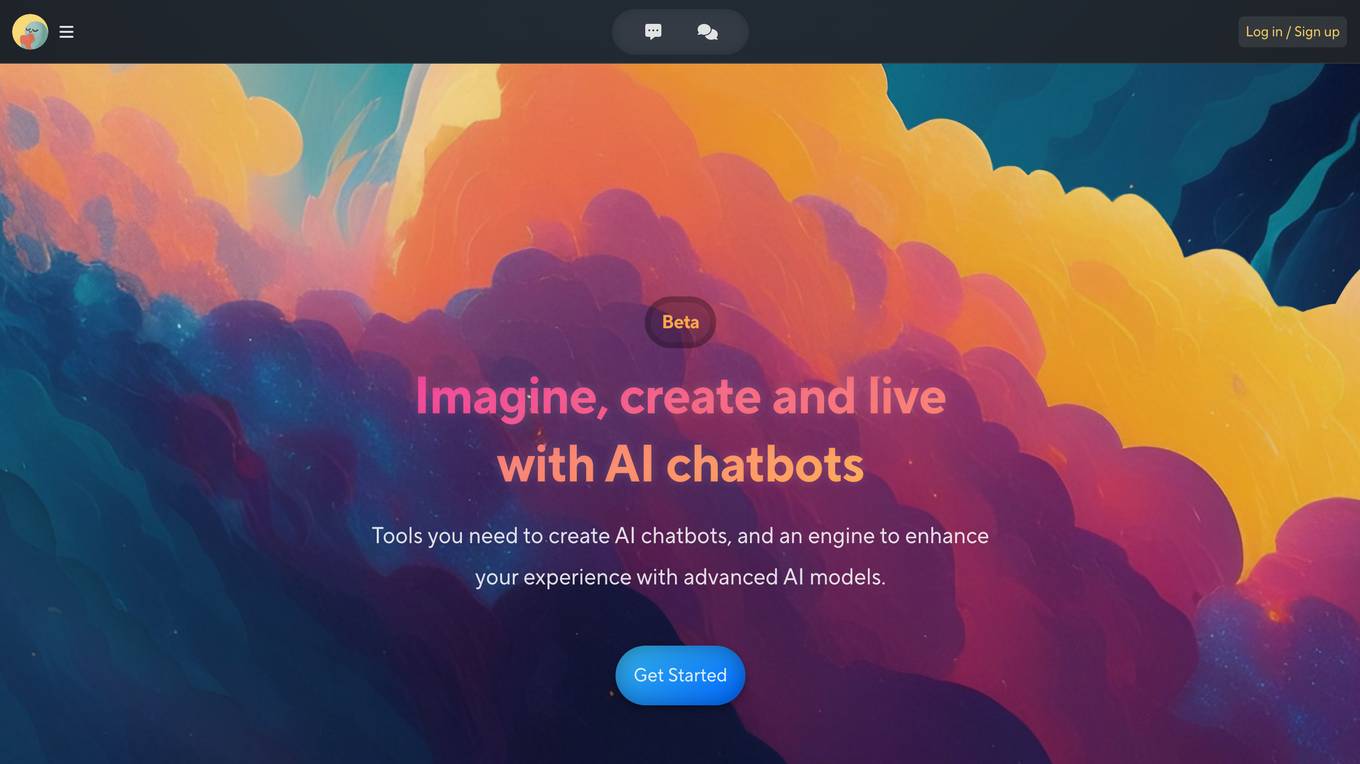
Create AI Characters and Chat with AI
This website allows users to create AI characters and chat with them. Users can customize their characters' appearance, personality, and interests. They can also choose from a variety of topics to chat about. The website uses artificial intelligence to generate the characters' responses, which are designed to be realistic and engaging.
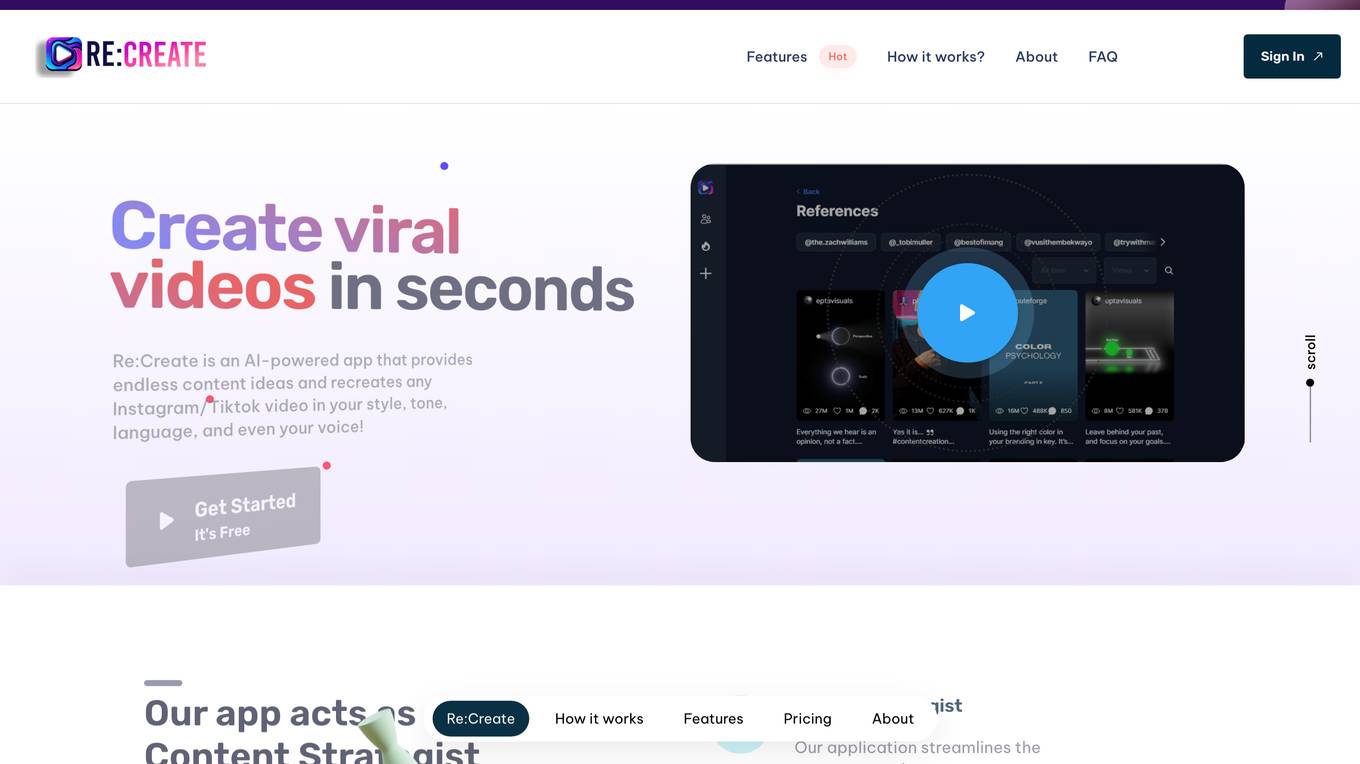
RE:Create
RE:Create is an AI-powered app that provides endless content ideas and recreates any Instagram/Tiktok video in your style, tone, language, and even your voice! Our application streamlines the content creation process, eliminating the need for extensive planning and strategy. Save time and effort while achieving effective results. No need to hire a separate voiceover artist. Our application offers customizable voice options, ensuring your videos have the perfect audio to complement the visuals. No need to hire a professional scriptwriter. Our platform assists in creating engaging video scripts, guiding you through the process and ensuring your content flows seamlessly.
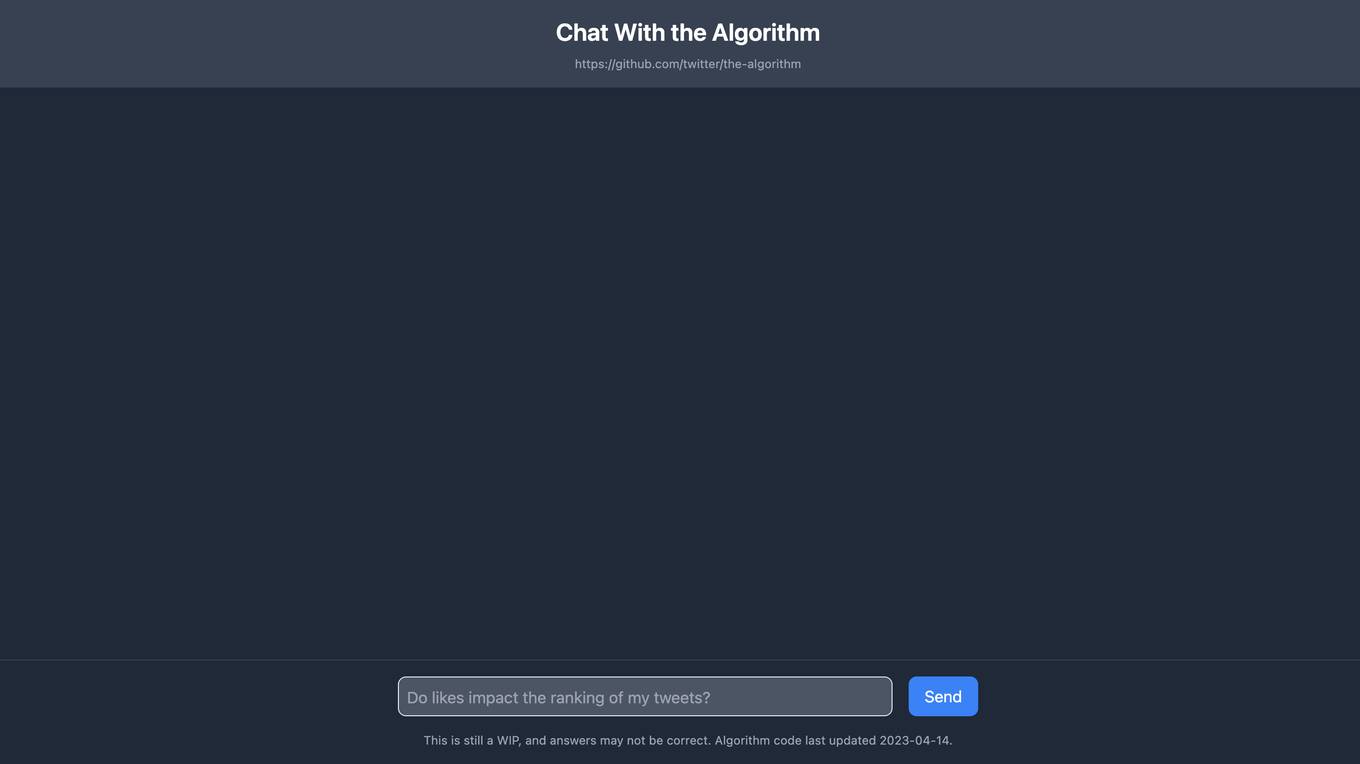
Create Next App Chat With the Algorithm
The website 'Create Next App Chat With the Algorithm' is an AI tool that allows users to generate chat applications using algorithms. It is a work in progress with the latest algorithm code updated on April 14, 2023. Users can leverage this tool to quickly create chat applications with the help of advanced algorithms.

Create A Meme
Create A Meme (C.A.M) is an AI-powered platform that allows users to easily create personalized and unique memes. With features like Magic, Custom, Template, and Classic modes, users can unleash their creativity and make viral memes online for free. C.A.M offers basic functionalities for free and a Plus tier for enhanced meme capabilities. The platform supports multiple languages and AI technology ensures that memes are always funny and relevant.
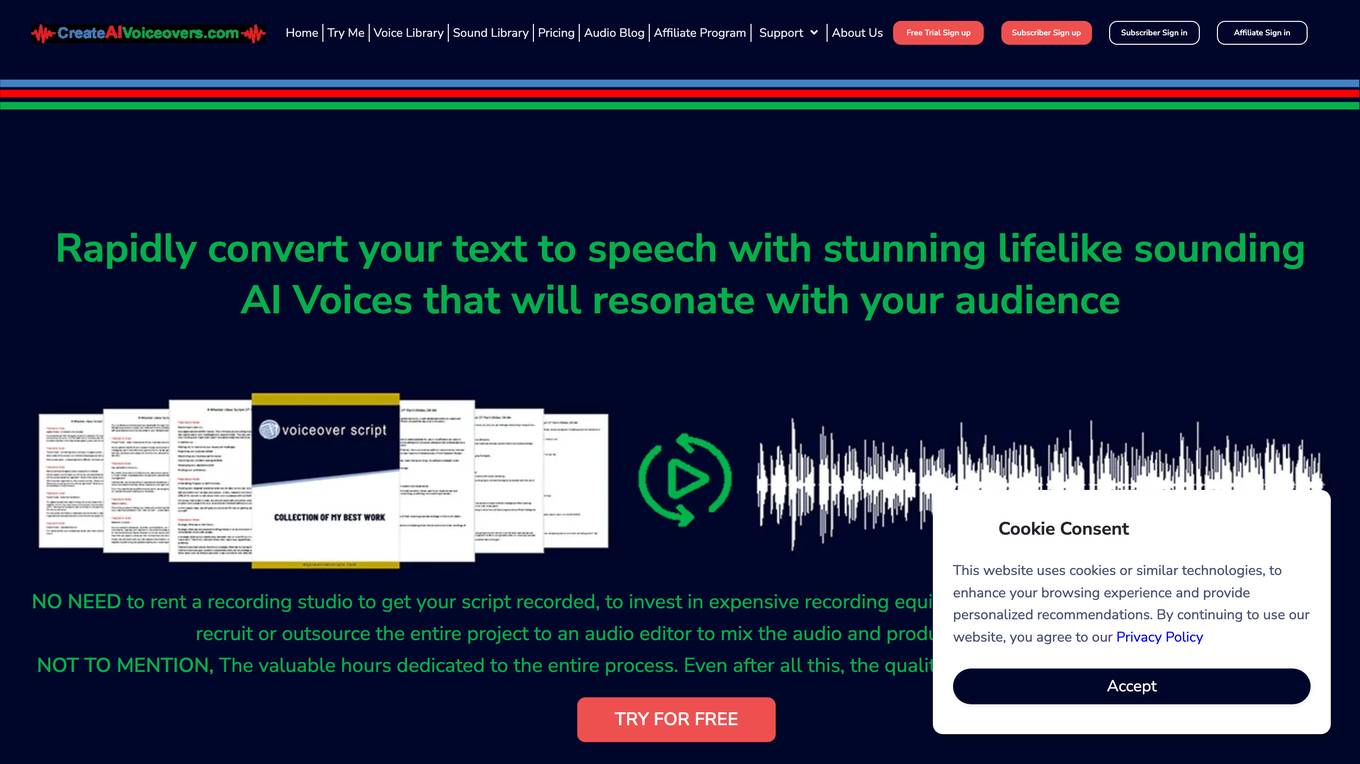
Create AI Voiceovers
Create AI Voiceovers is an online text-to-speech generator that allows users to convert text into realistic-sounding AI voices. With over 530 AI voices available in 220+ languages and dialects, users can create voiceovers for various purposes, including marketing, eLearning, explainer videos, and animations. The platform offers a range of features, including the ability to adjust voice attributes such as pitch, emphasis, and speed, as well as add background music and sound effects. Create AI Voiceovers also provides a library of pre-recorded sound effects and music that users can incorporate into their voiceovers.
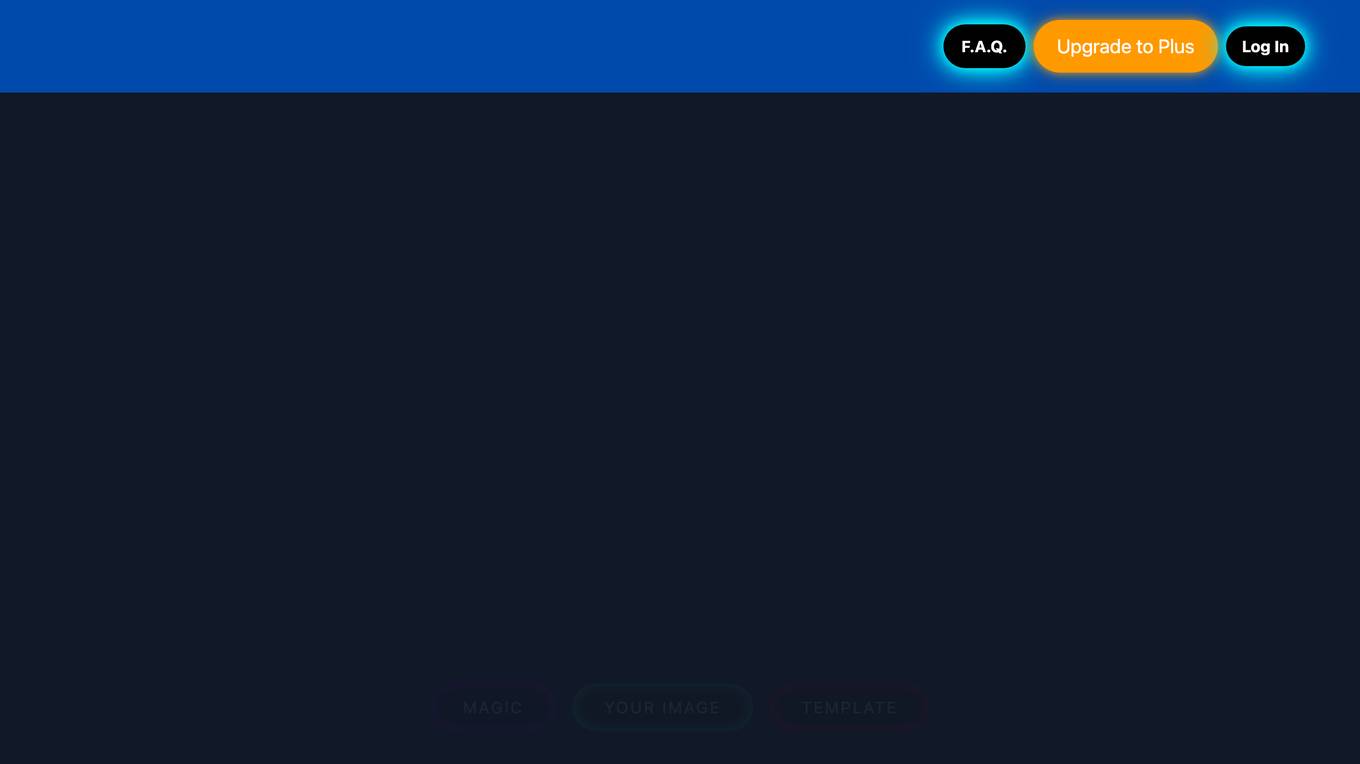
Create a Meme
Create a Meme is a website that allows users to create and share memes. It offers a variety of features, including a library of pre-made memes, the ability to upload your own images, and a variety of editing tools. Create a Meme is a popular website with over 100 million users. It is a great way to create and share funny and entertaining memes with your friends and family.

Create Ebook in Seconds
This website provides a tool that allows users to create ebooks in seconds. It is a simple and easy-to-use tool that can be used by anyone, regardless of their technical expertise. The tool provides a variety of templates and features that can be used to create professional-looking ebooks.
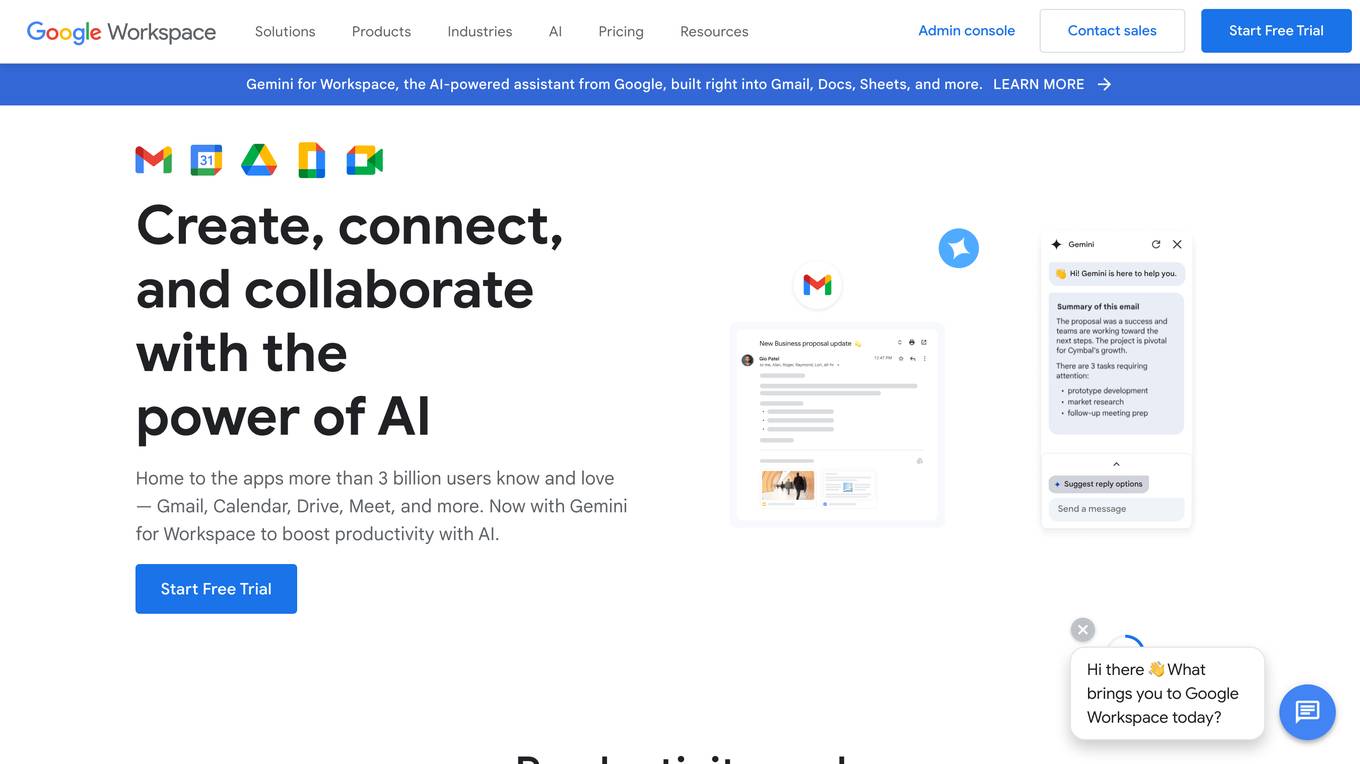
Google Workspace
Google Workspace is a suite of productivity and collaboration tools designed for individuals, businesses, and enterprises. It includes popular applications like Gmail, Calendar, Drive, Meet, and more. With the addition of Gemini for Workspace, an AI-powered assistant integrated into various tools, users can enhance productivity and collaboration. The platform offers a range of plans tailored to meet diverse business needs, providing features for communication, document management, and team collaboration.
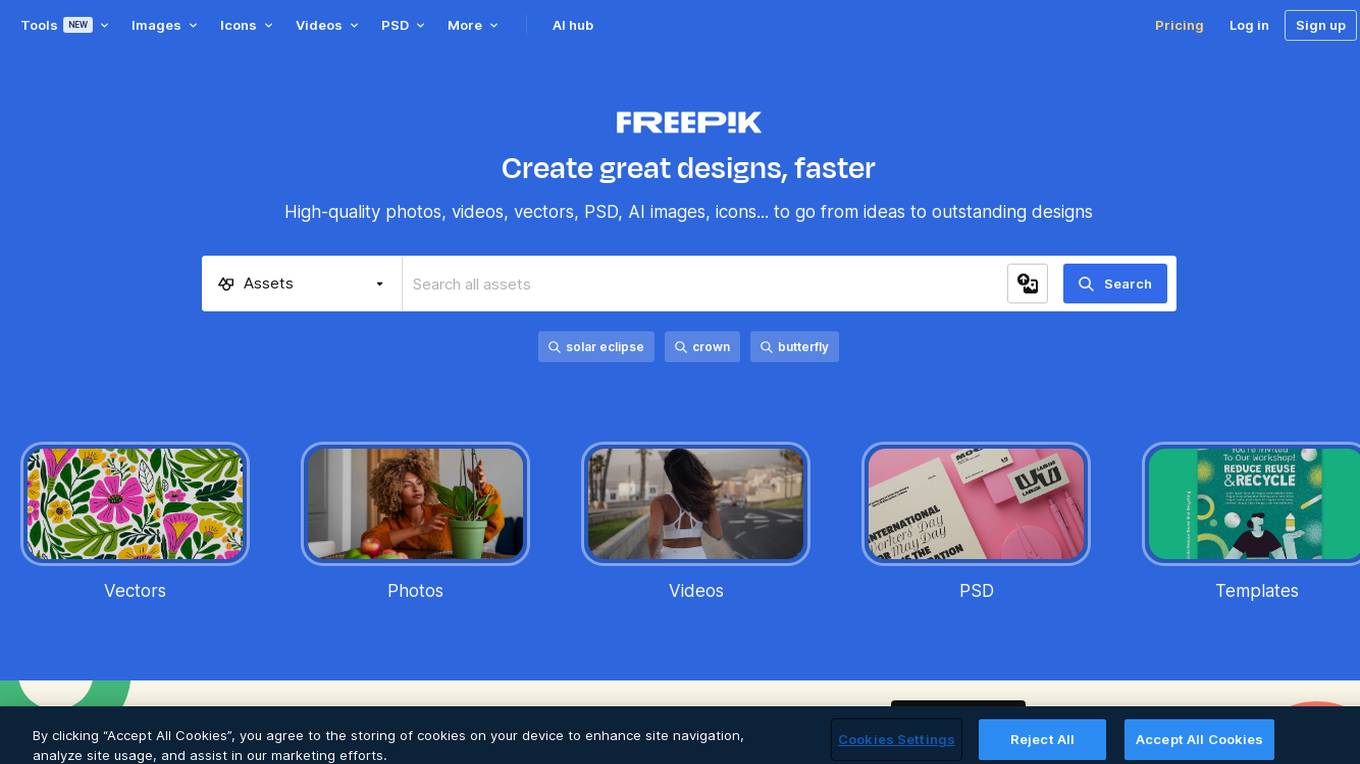
Freepik
Freepik is a website that provides high-quality stock content for creatives. It offers a wide range of assets, including images, vectors, videos, PSDs, AI images, and icons. Freepik also has a number of tools that can help creatives with their projects, such as an AI image generator, a mockup generator, and a photo editor.
1 - Open Source AI Tools
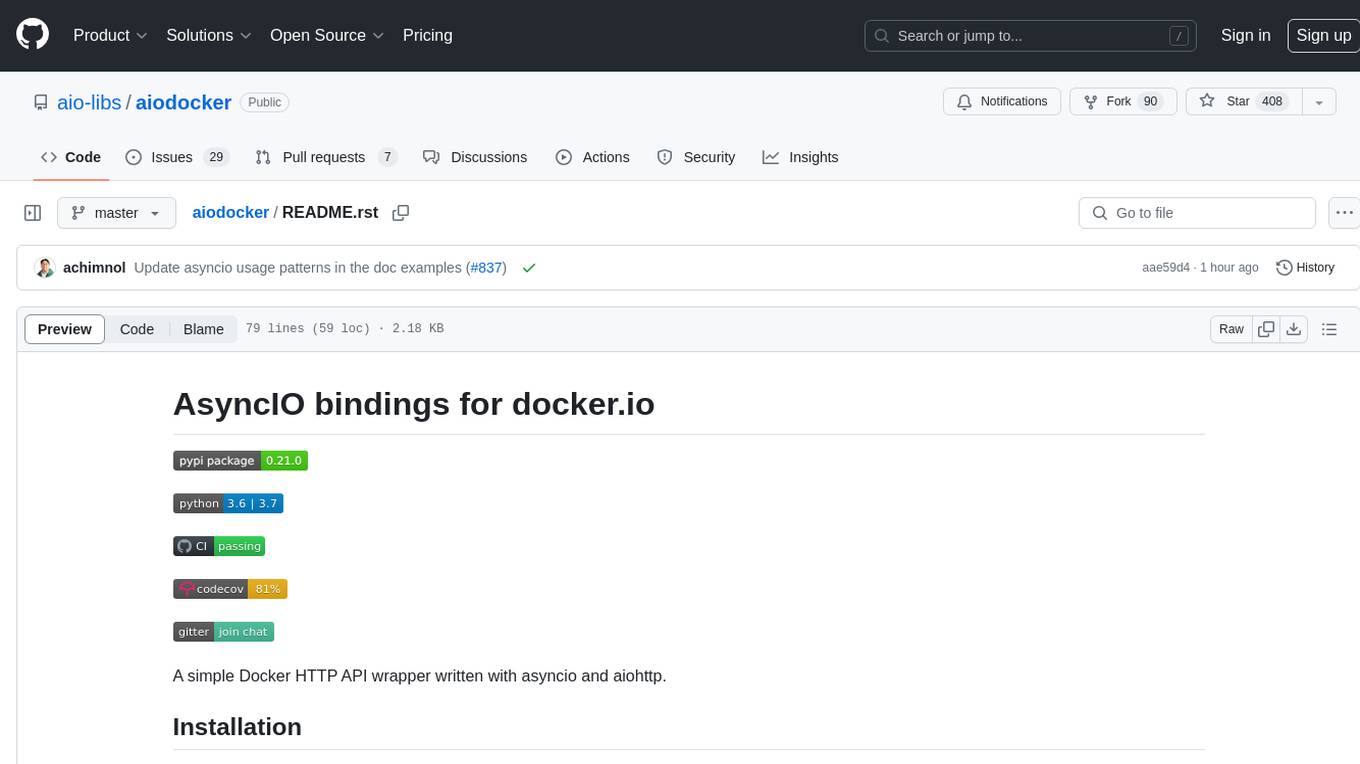
aiodocker
Aiodocker is a simple Docker HTTP API wrapper written with asyncio and aiohttp. It provides asynchronous bindings for interacting with Docker containers and images. Users can easily manage Docker resources using async functions and methods. The library offers features such as listing images and containers, creating and running containers, and accessing container logs. Aiodocker is designed to work seamlessly with Python's asyncio framework, making it suitable for building asynchronous Docker management applications.
20 - OpenAI Gpts
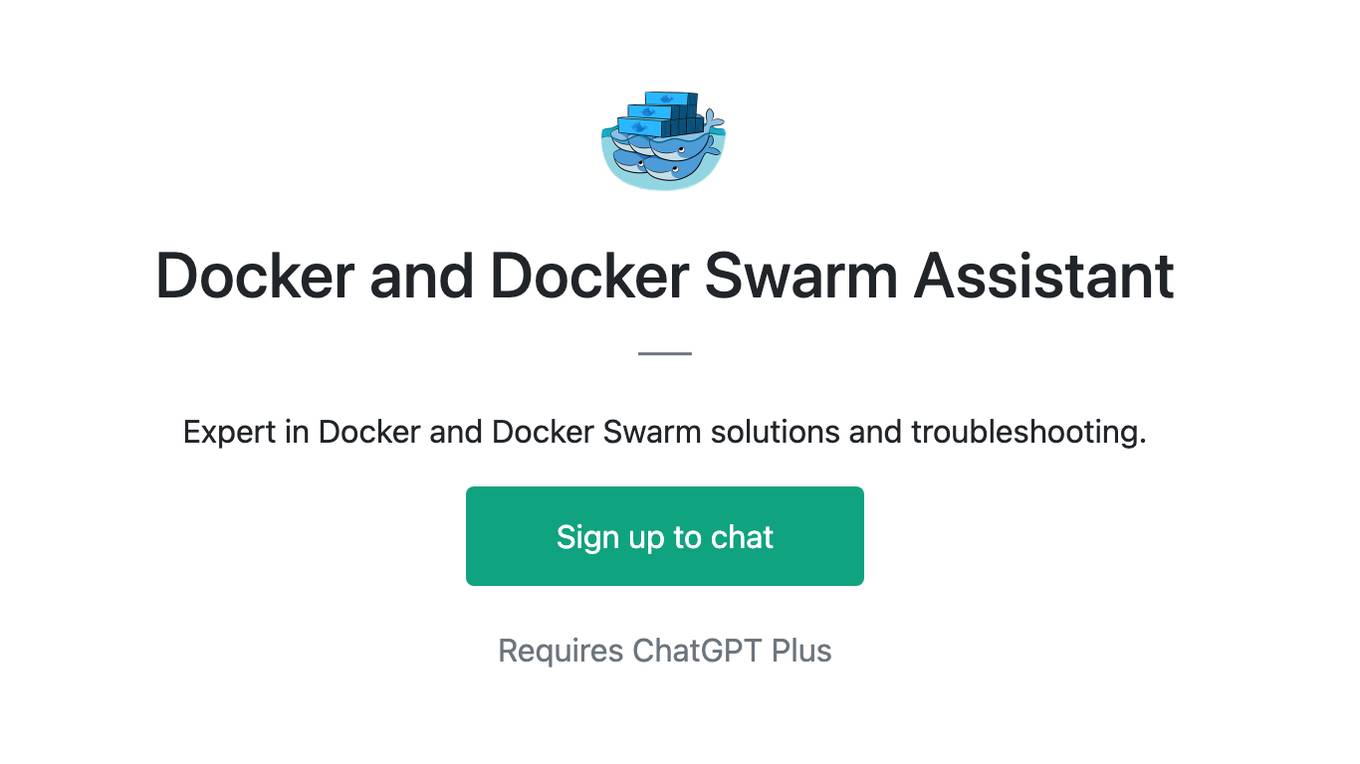
Docker and Docker Swarm Assistant
Expert in Docker and Docker Swarm solutions and troubleshooting.
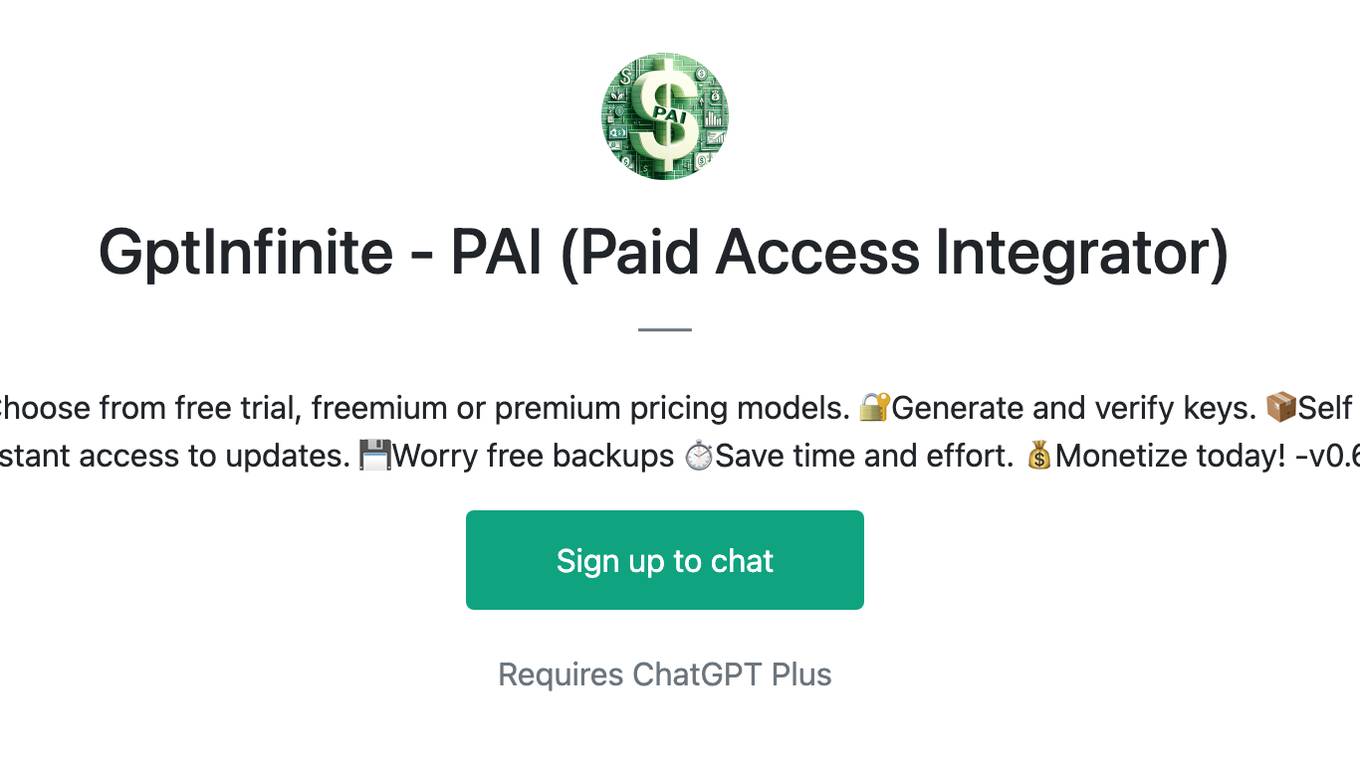
GptInfinite - PAI (Paid Access Integrator)
💲Monetize your new or existing GPTs! 💳Choose from free trial, freemium or premium pricing models. 🔐Generate and verify keys. 📦Self contained w/ no need for apis or actions. ✨Instant access to updates. 💾Worry free backups ⏱Save time and effort. 💰Monetize today! -v0.60
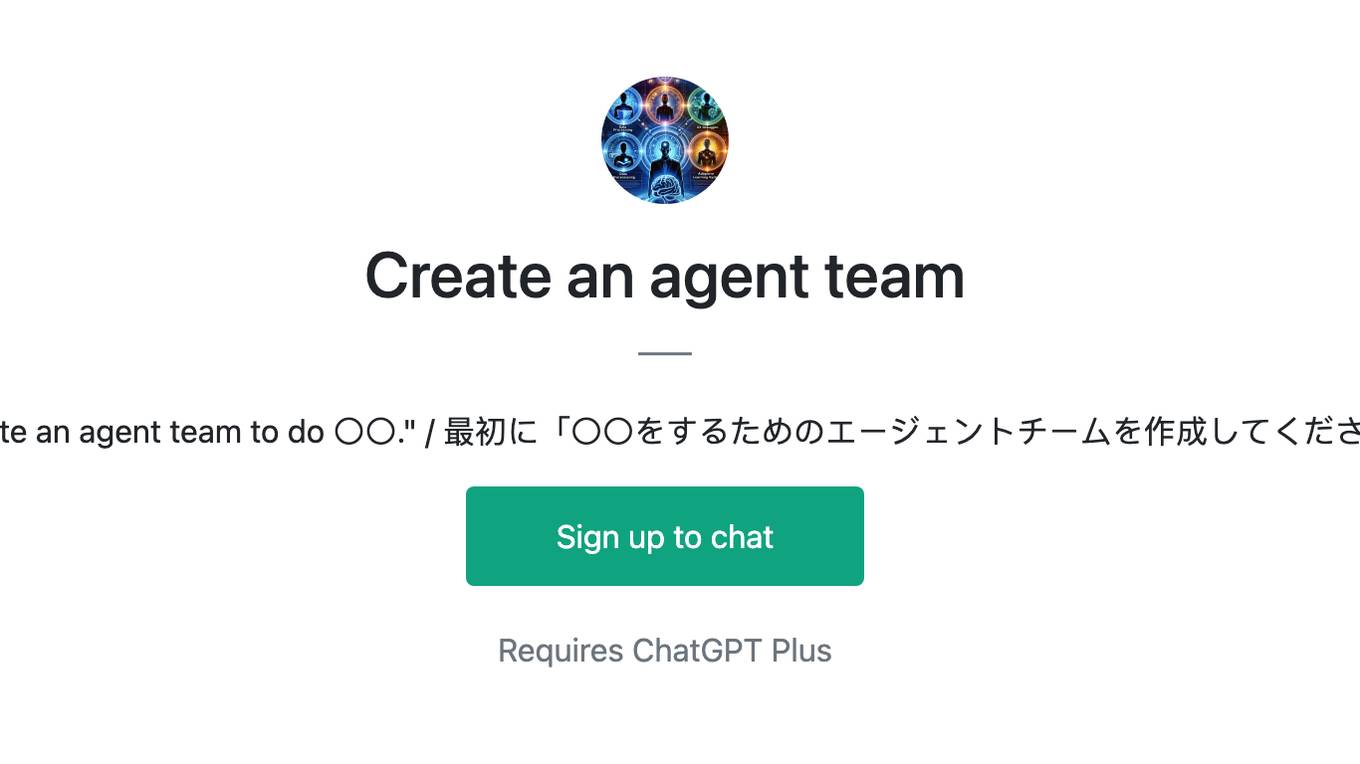
Create an agent team
First, please say "Create an agent team to do 〇〇." / 最初に「〇〇をするためのエージェントチームを作成してください」とお伝え下さい
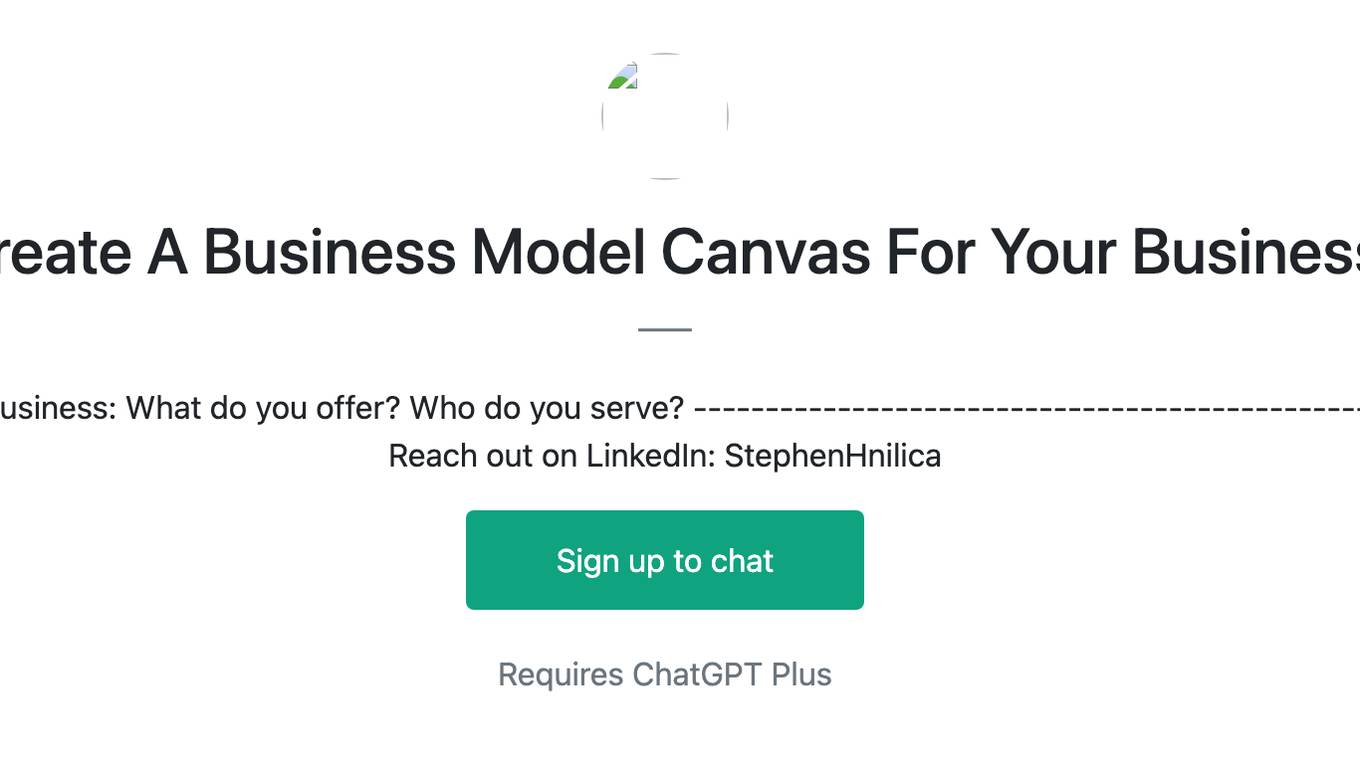
Create A Business Model Canvas For Your Business
Let's get started by telling me about your business: What do you offer? Who do you serve? ------------------------------------------------------- Need help Prompt Engineering? Reach out on LinkedIn: StephenHnilica

Create Short Stories to Learn a Language
2500+ word stories in target language with images, for language learning.
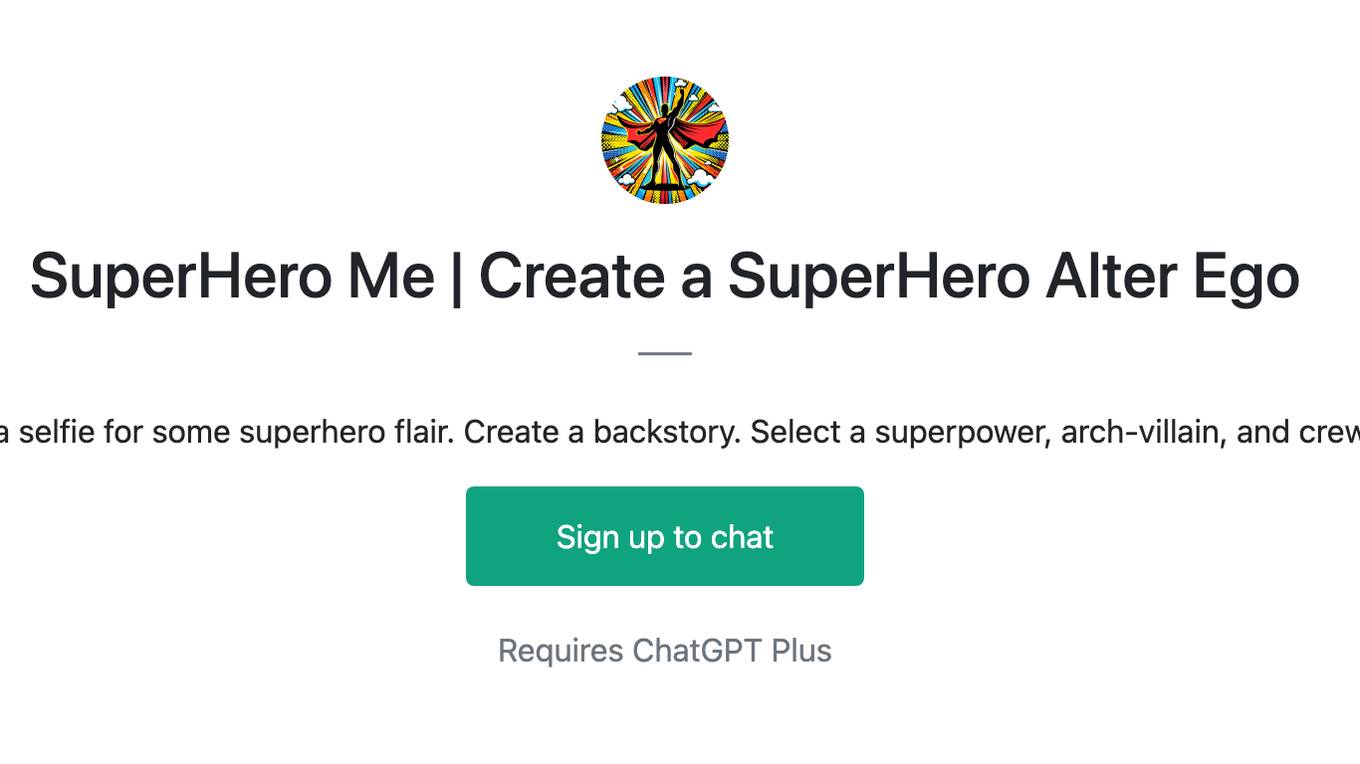
SuperHero Me | Create a SuperHero Alter Ego
Level up Now. Upload a selfie for some superhero flair. Create a backstory. Select a superpower, arch-villain, and crew. Answer trivia. Pow!
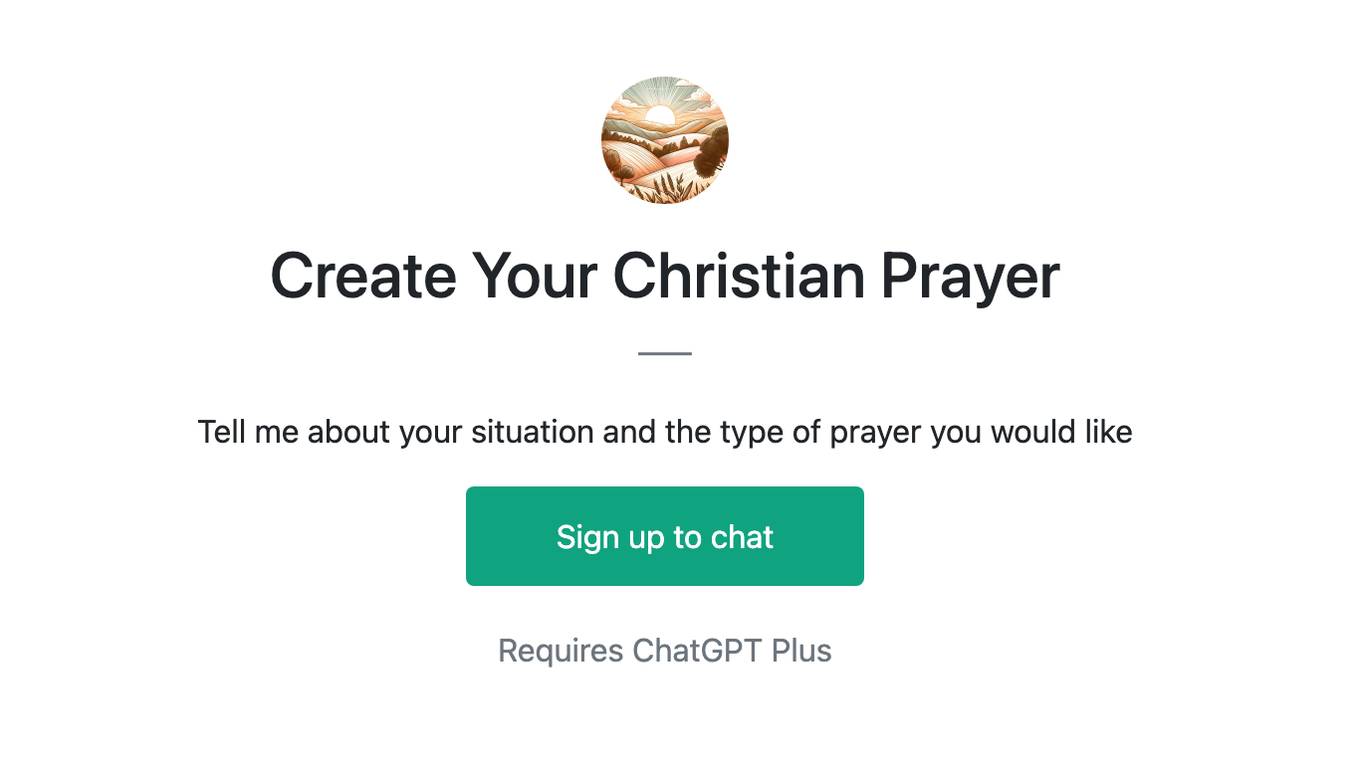
Create Your Christian Prayer
Tell me about your situation and the type of prayer you would like

周易运势头像Create a Lucky avatar image
利用专业的周易知识和命理知识进行头像设计 Generates and explains lucky profile pictures based on I Ching, zodiac.
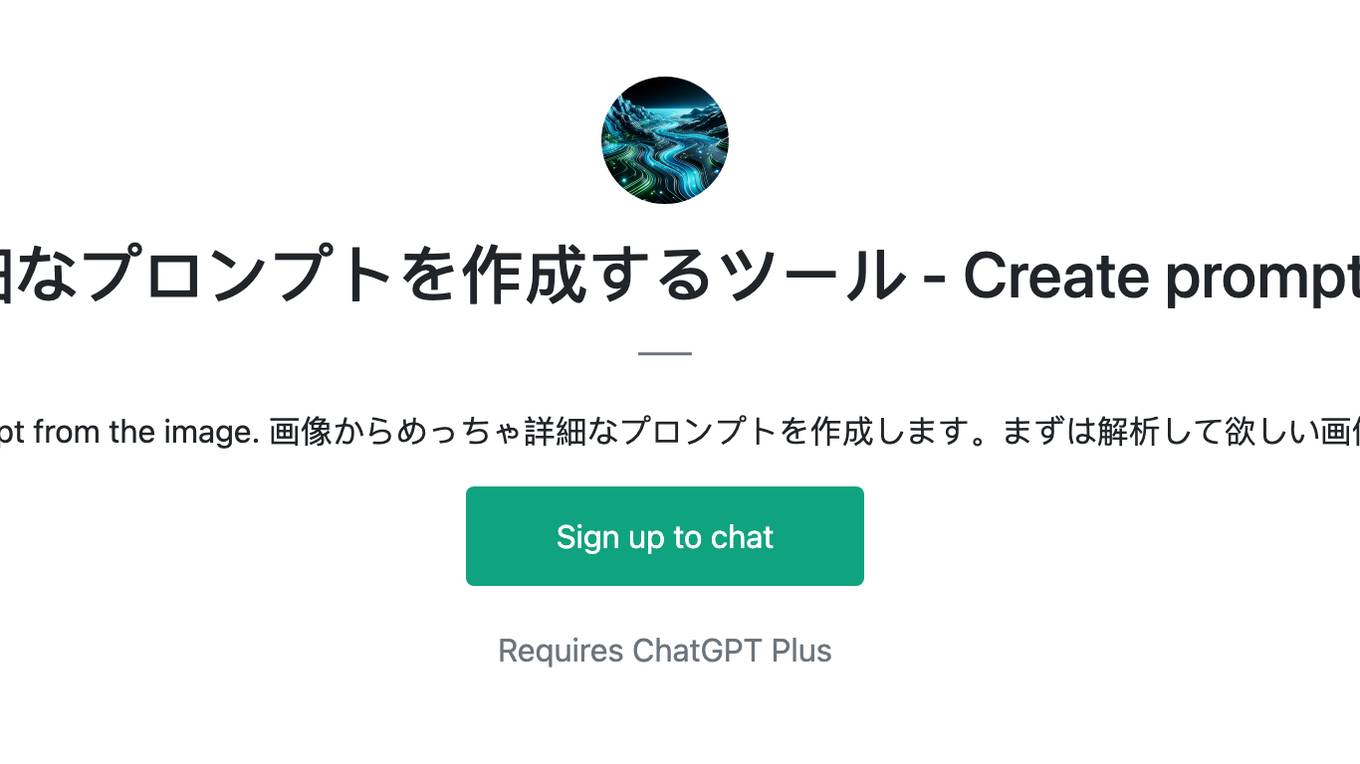
画像から超詳細なプロンプトを作成するツール - Create prompts from images
Create a very detailed prompt from the image. 画像からめっちゃ詳細なプロンプトを作成します。まずは解析して欲しい画像を送ってみてください。
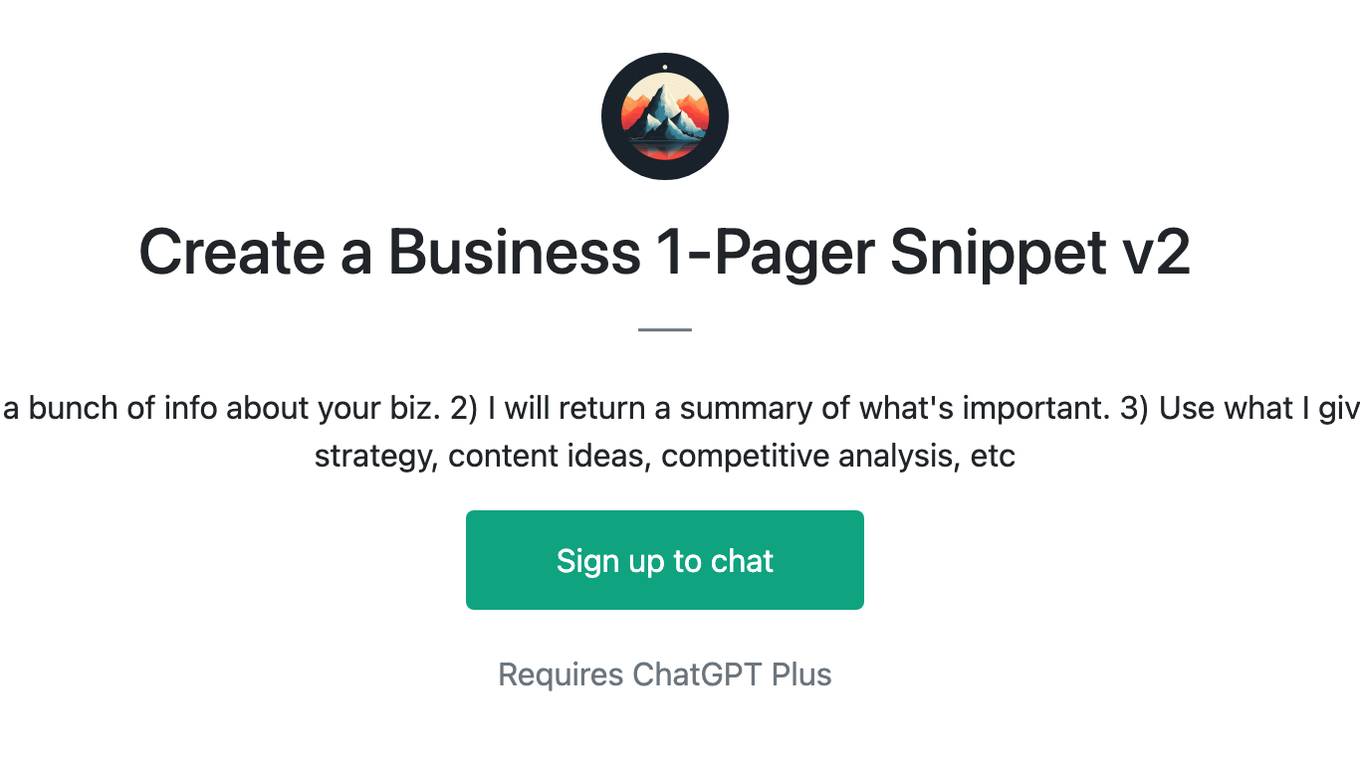
Create a Business 1-Pager Snippet v2
1) Input a URL, attachment, or copy/paste a bunch of info about your biz. 2) I will return a summary of what's important. 3) Use what I give you for other prompts, e.g.: marketing strategy, content ideas, competitive analysis, etc
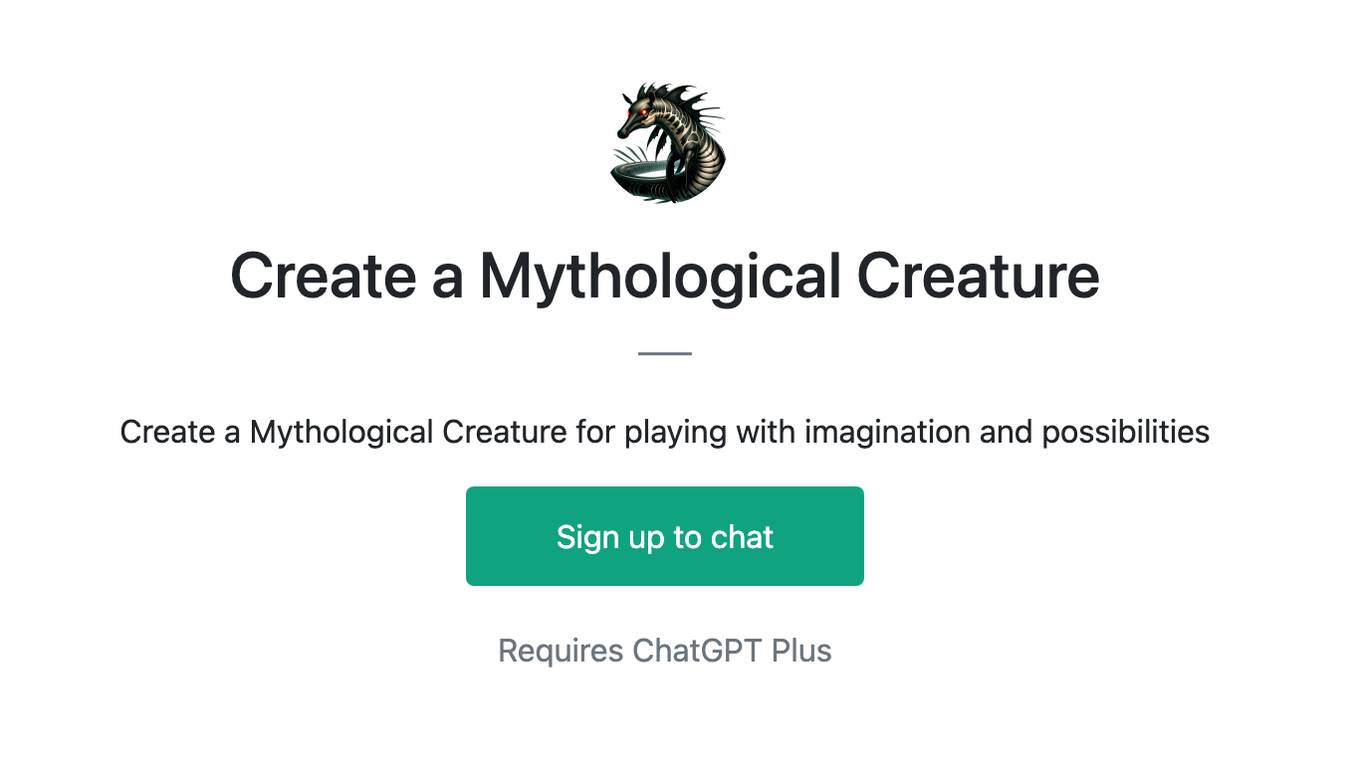
Create a Mythological Creature
Create a Mythological Creature for playing with imagination and possibilities
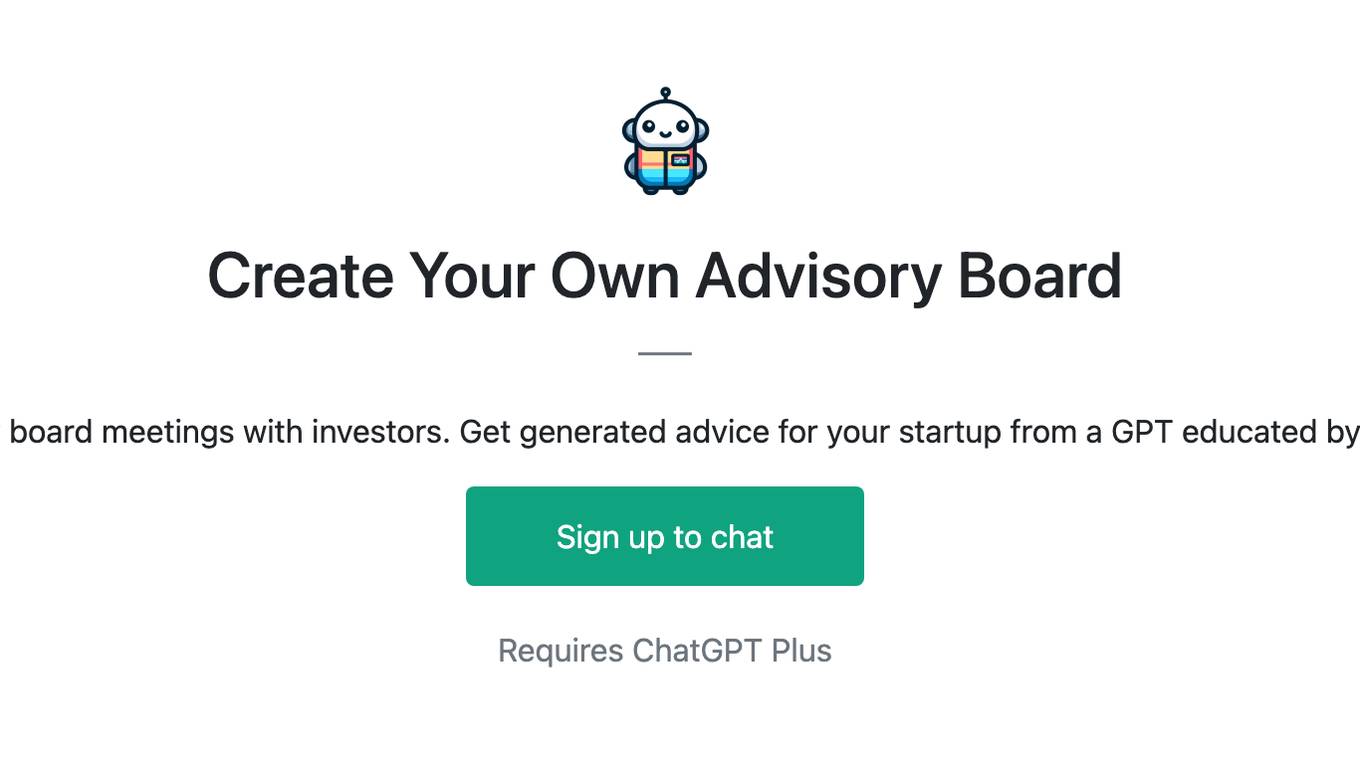
Create Your Own Advisory Board
Simulates advisory board meetings with investors. Get generated advice for your startup from a GPT educated by domain experts.
